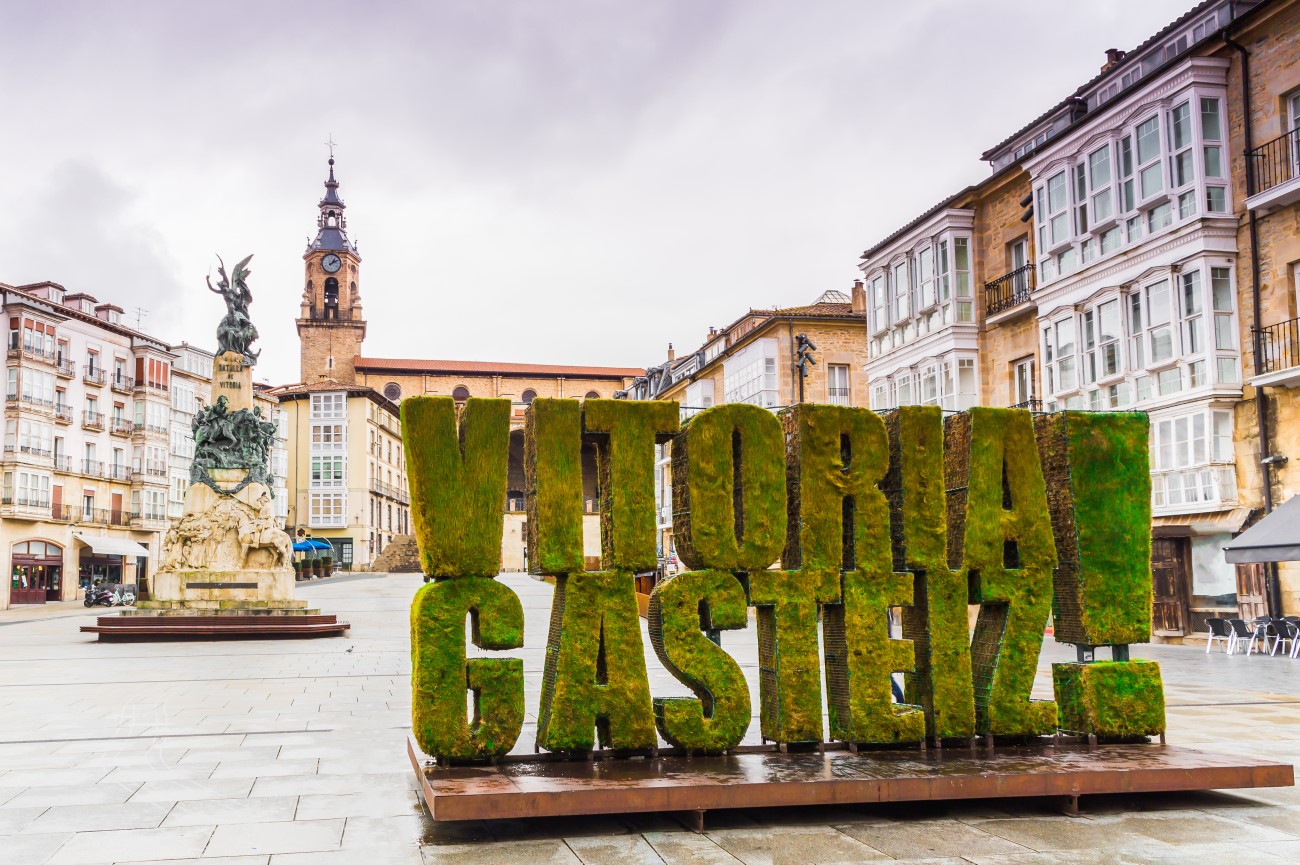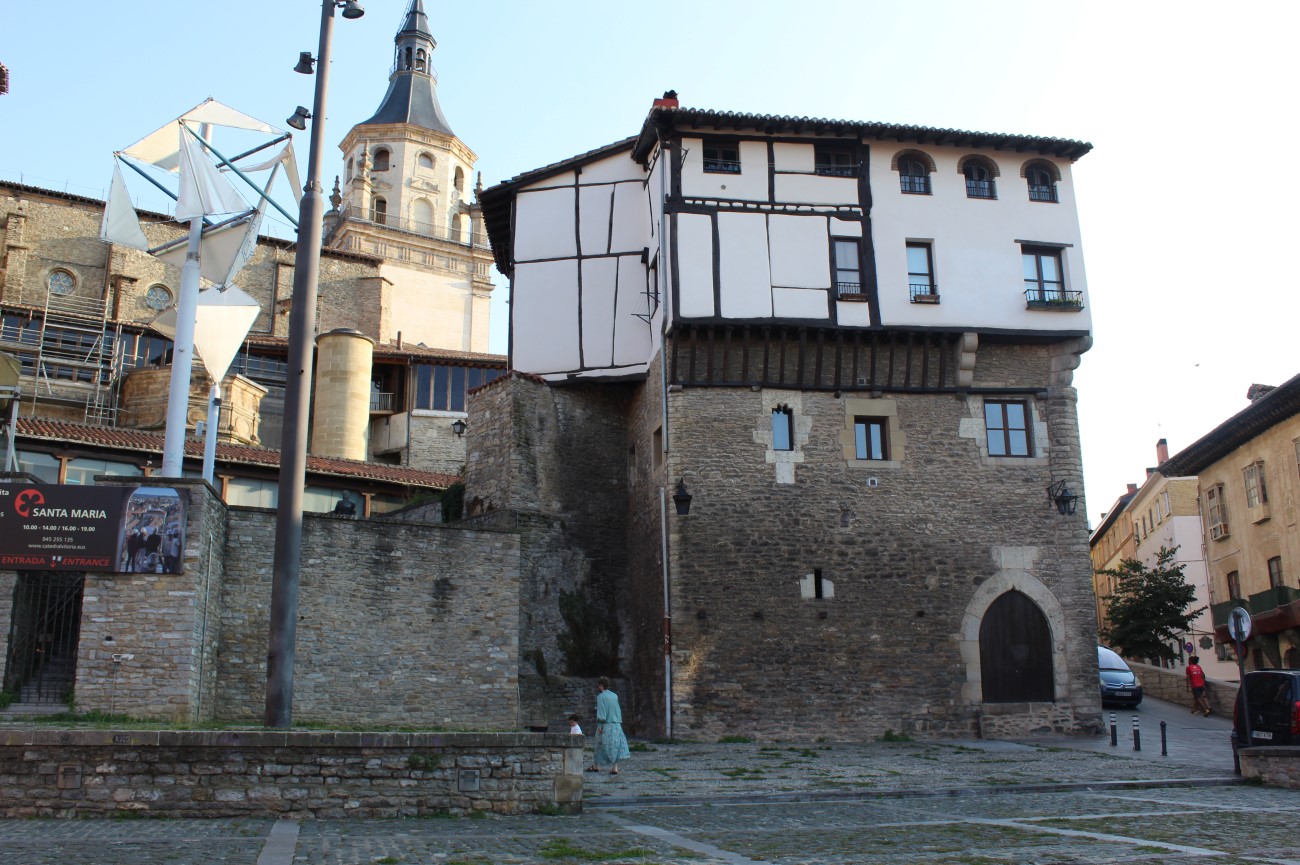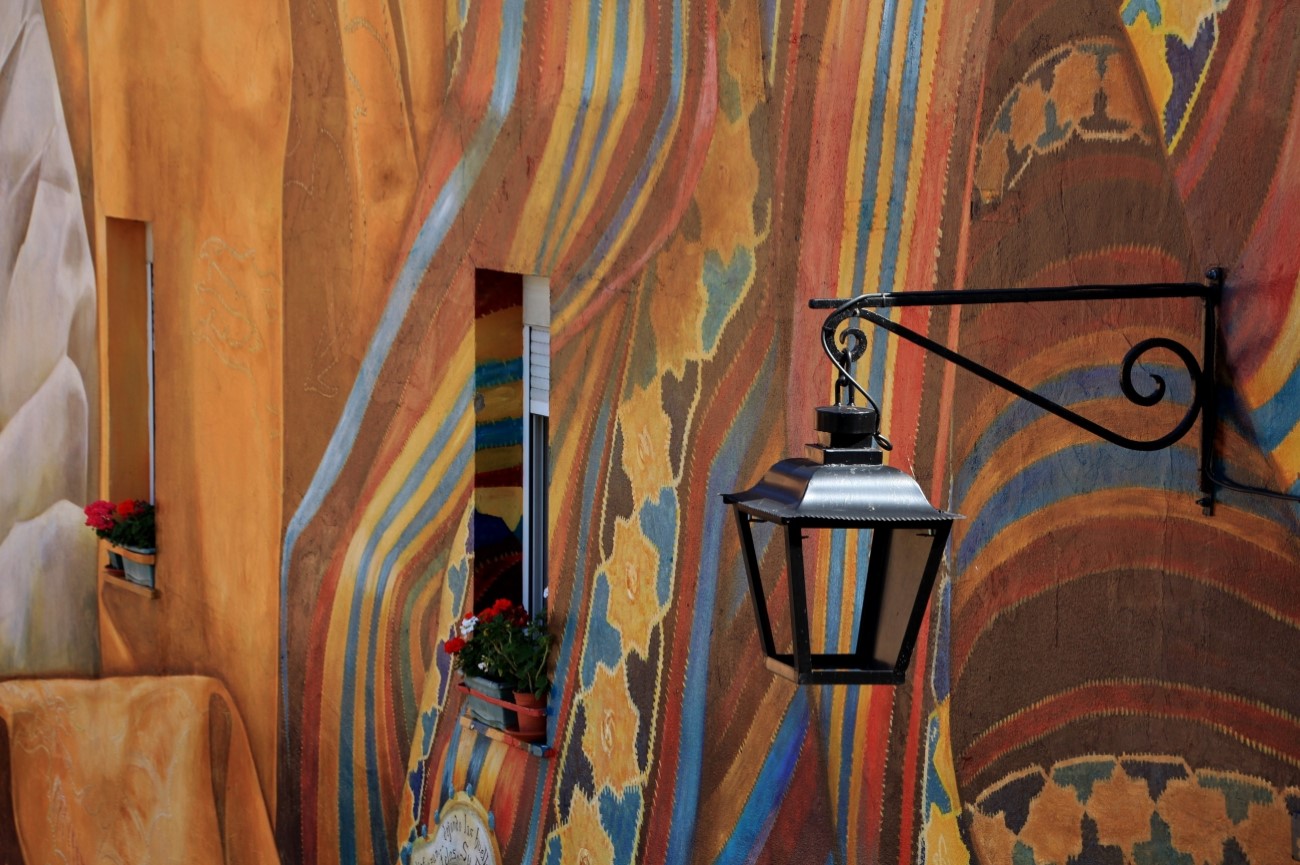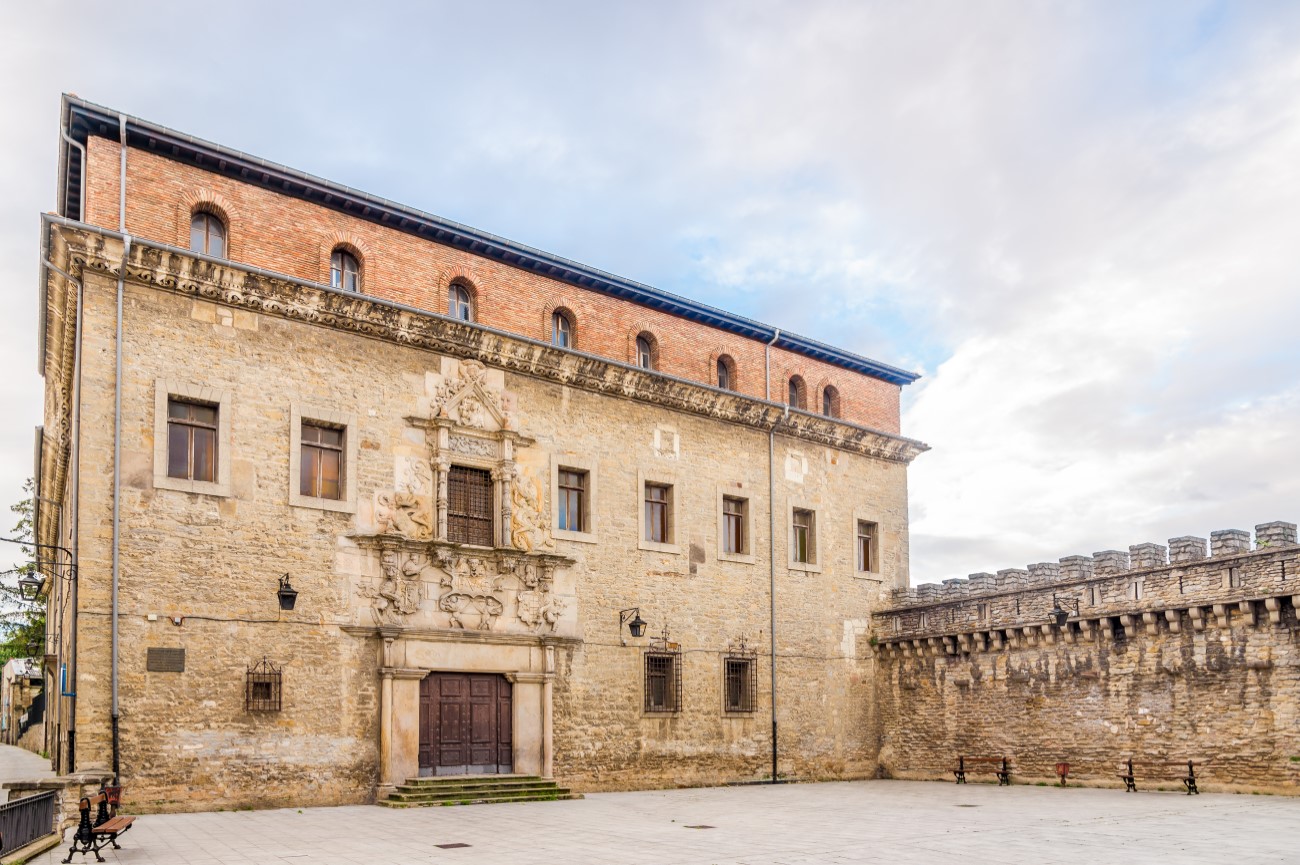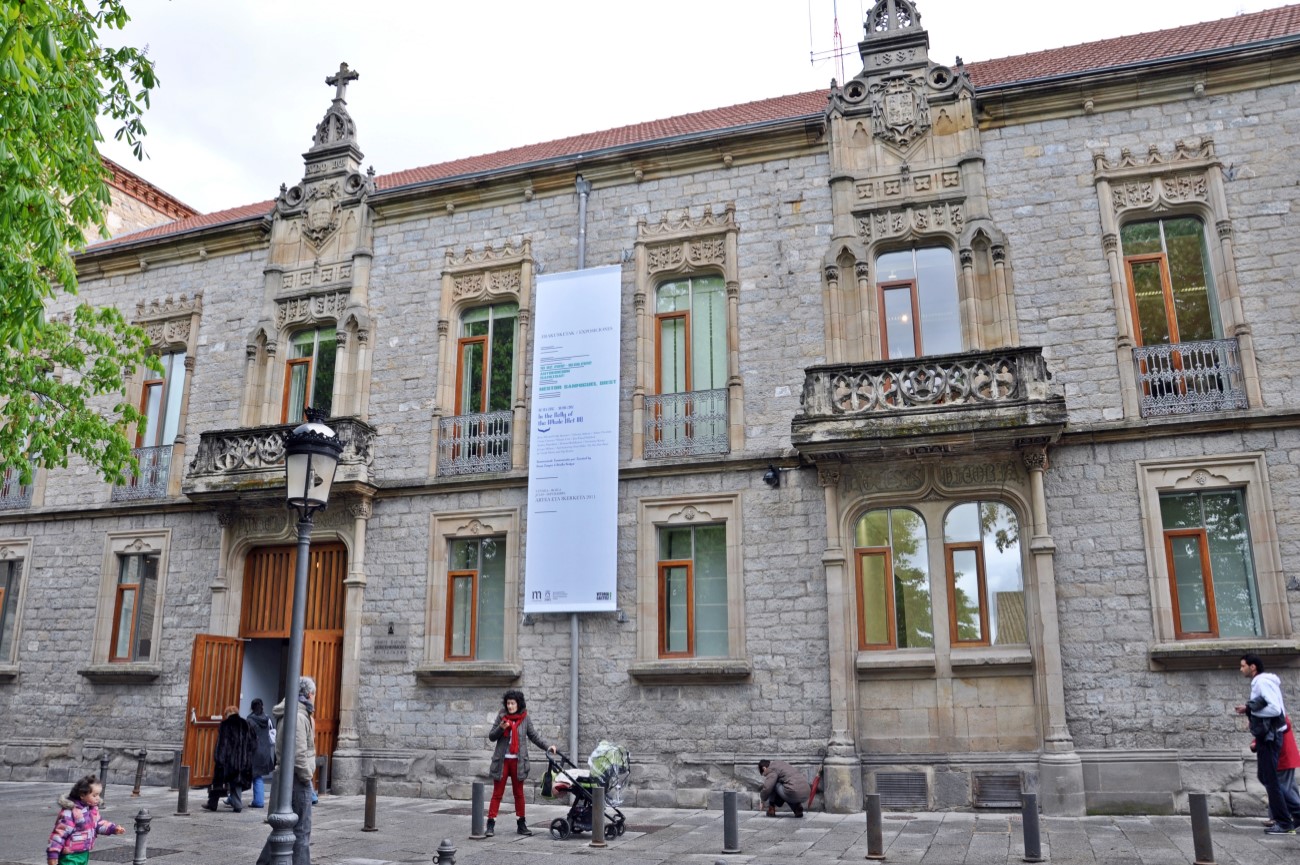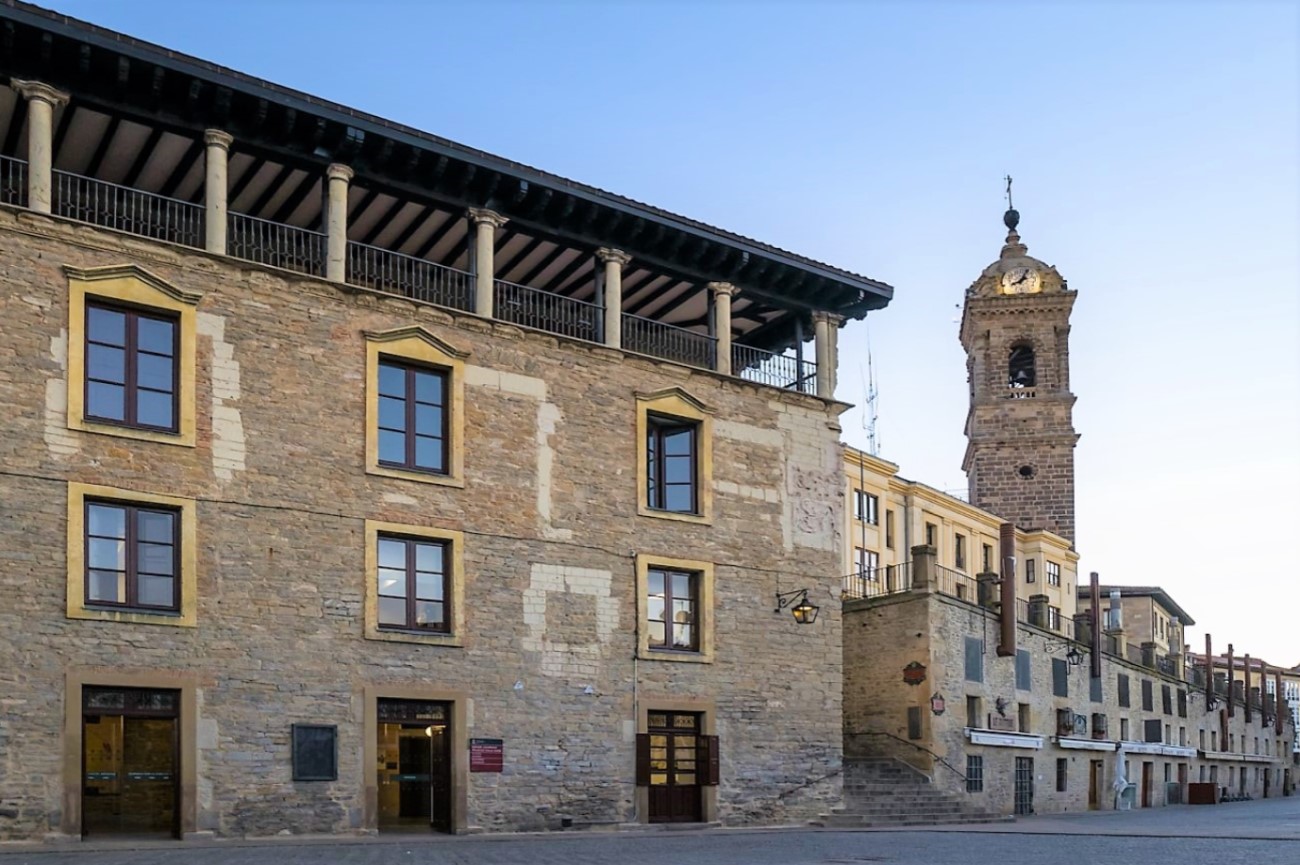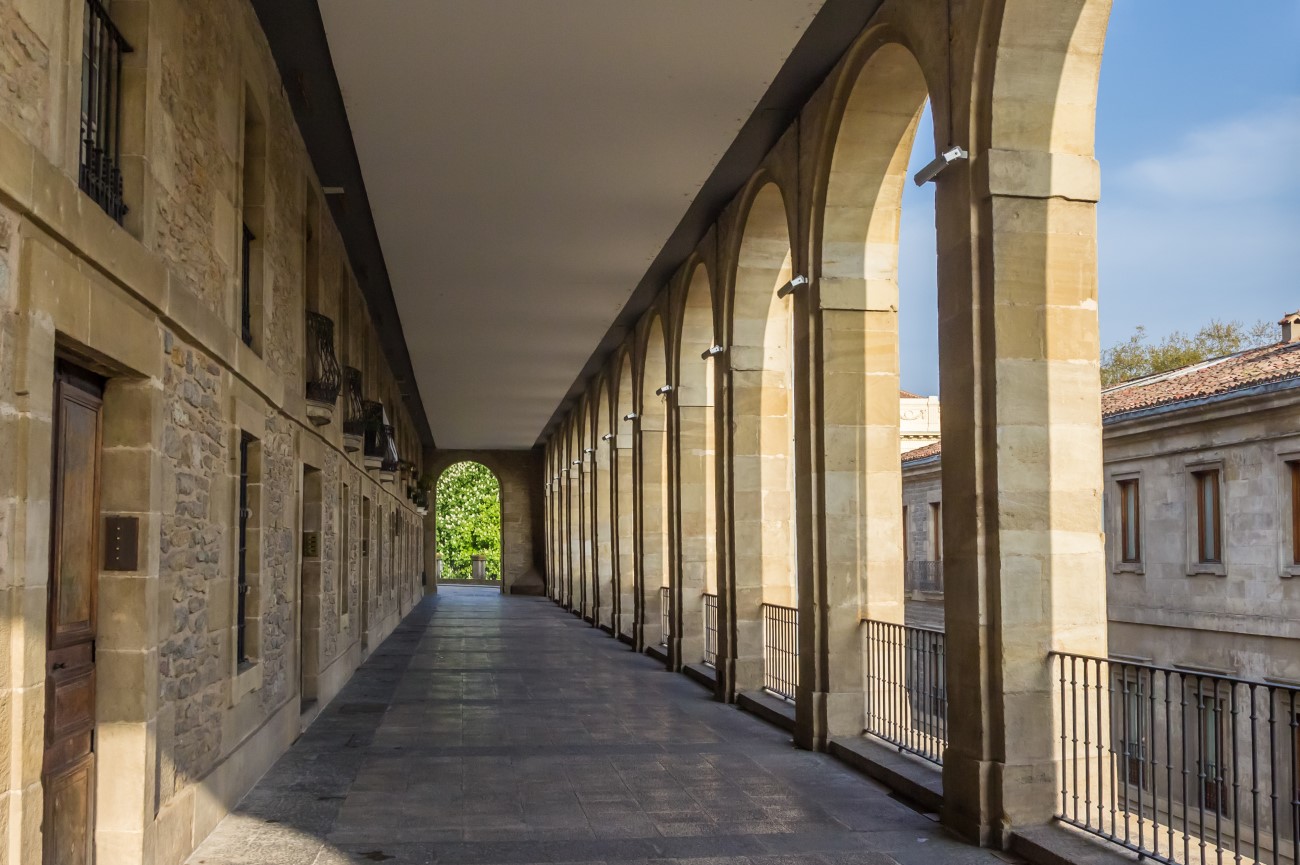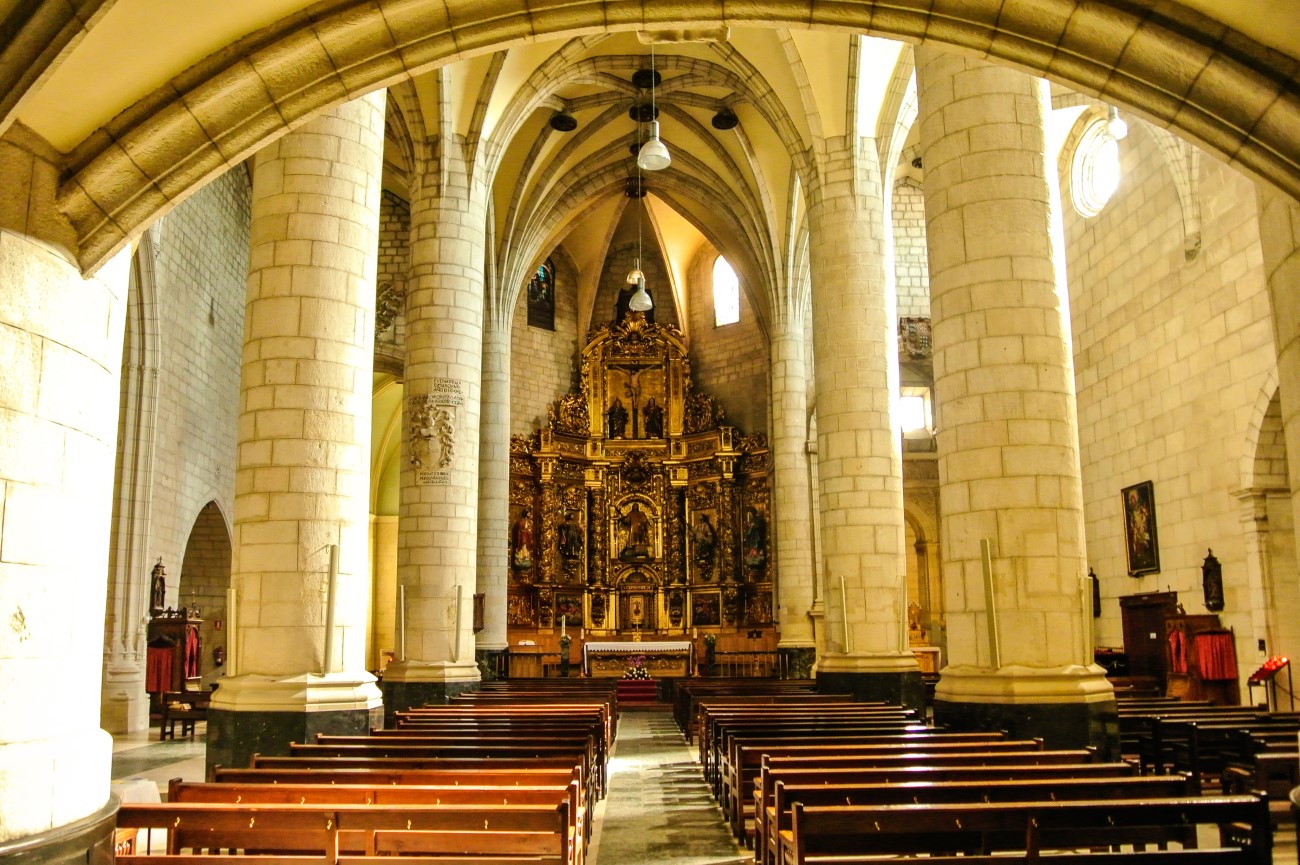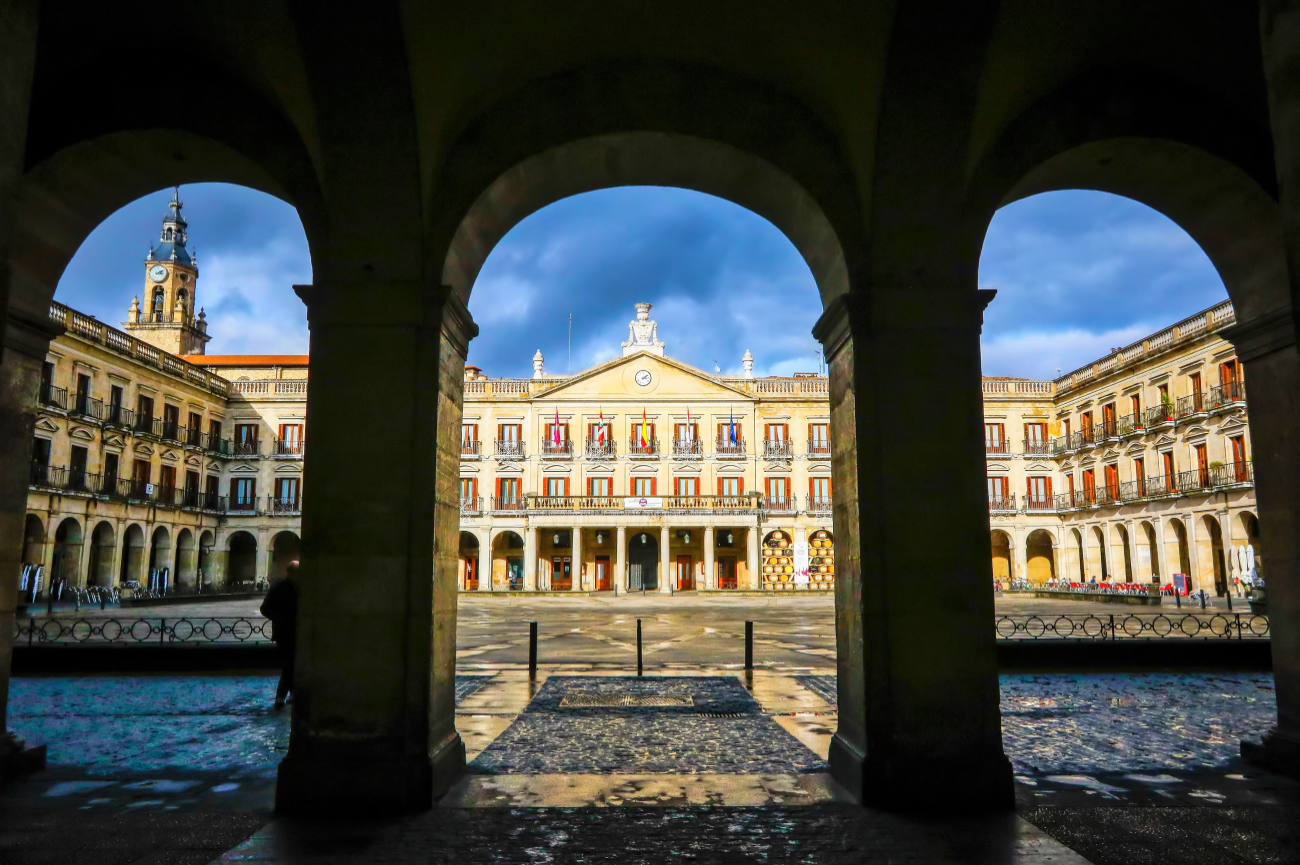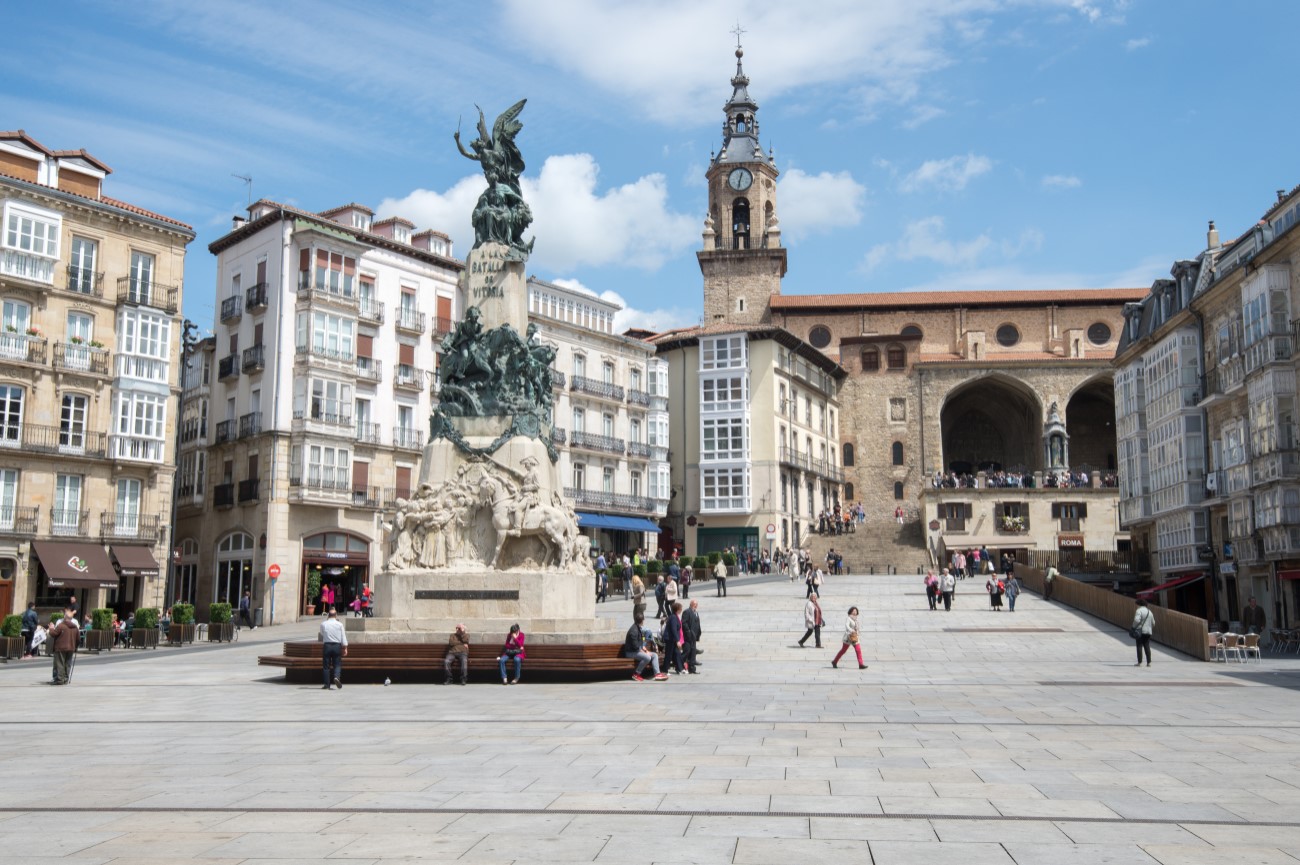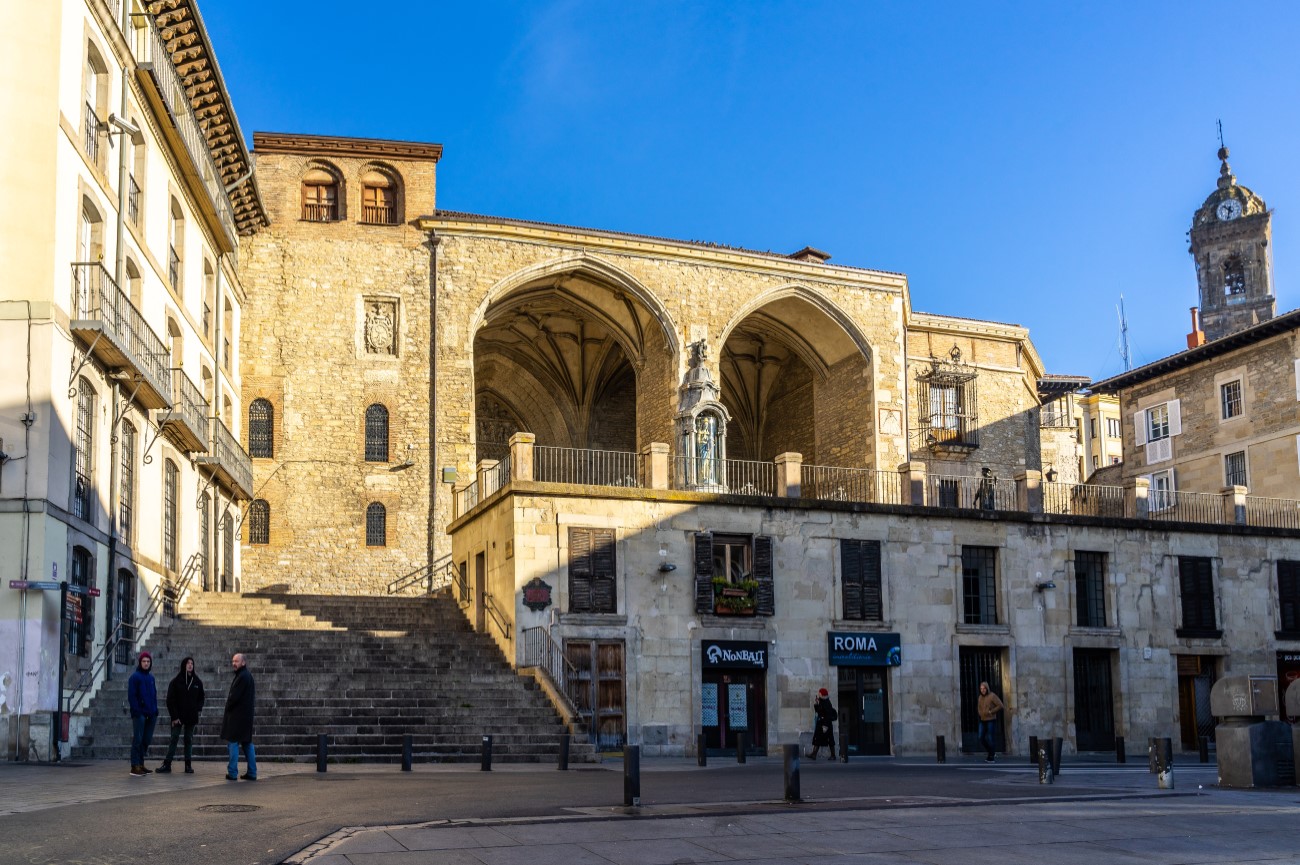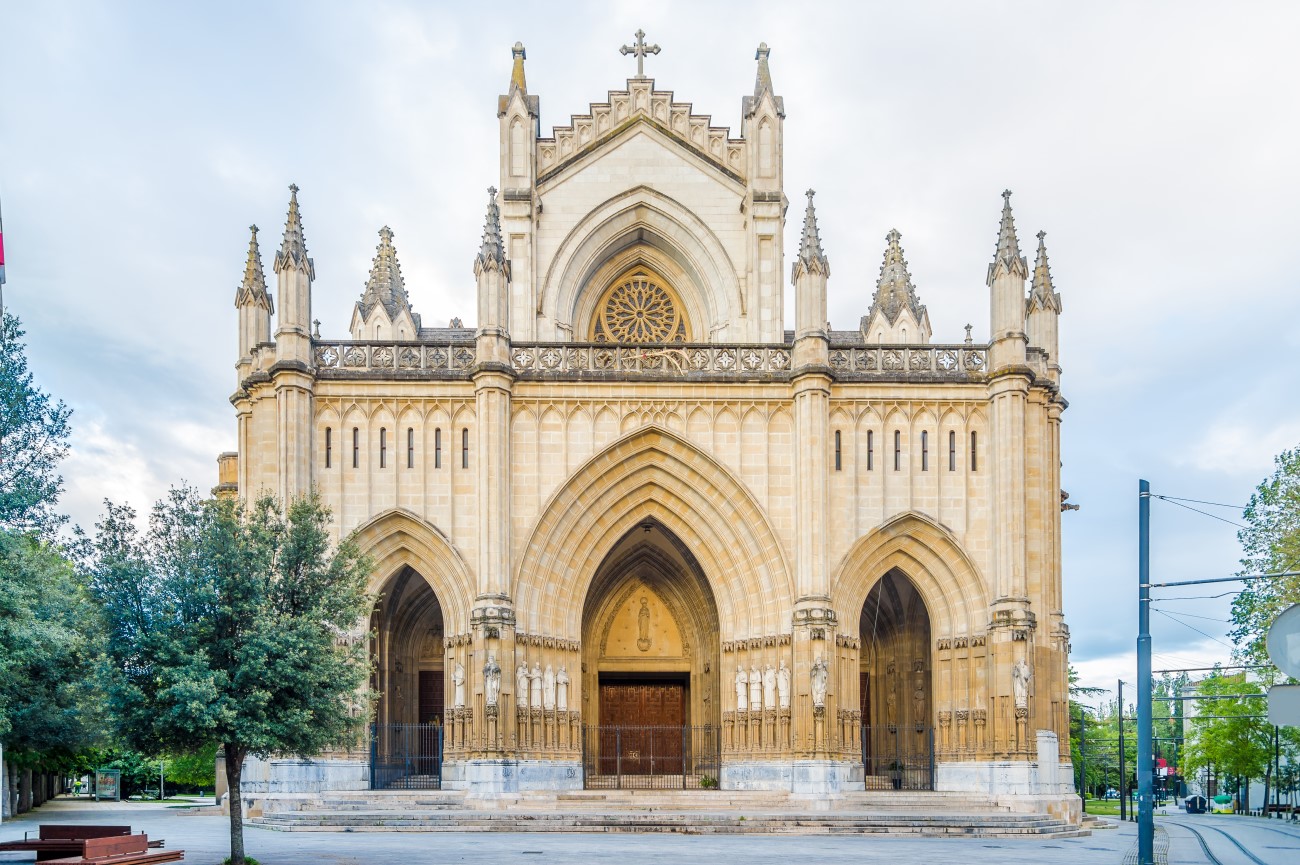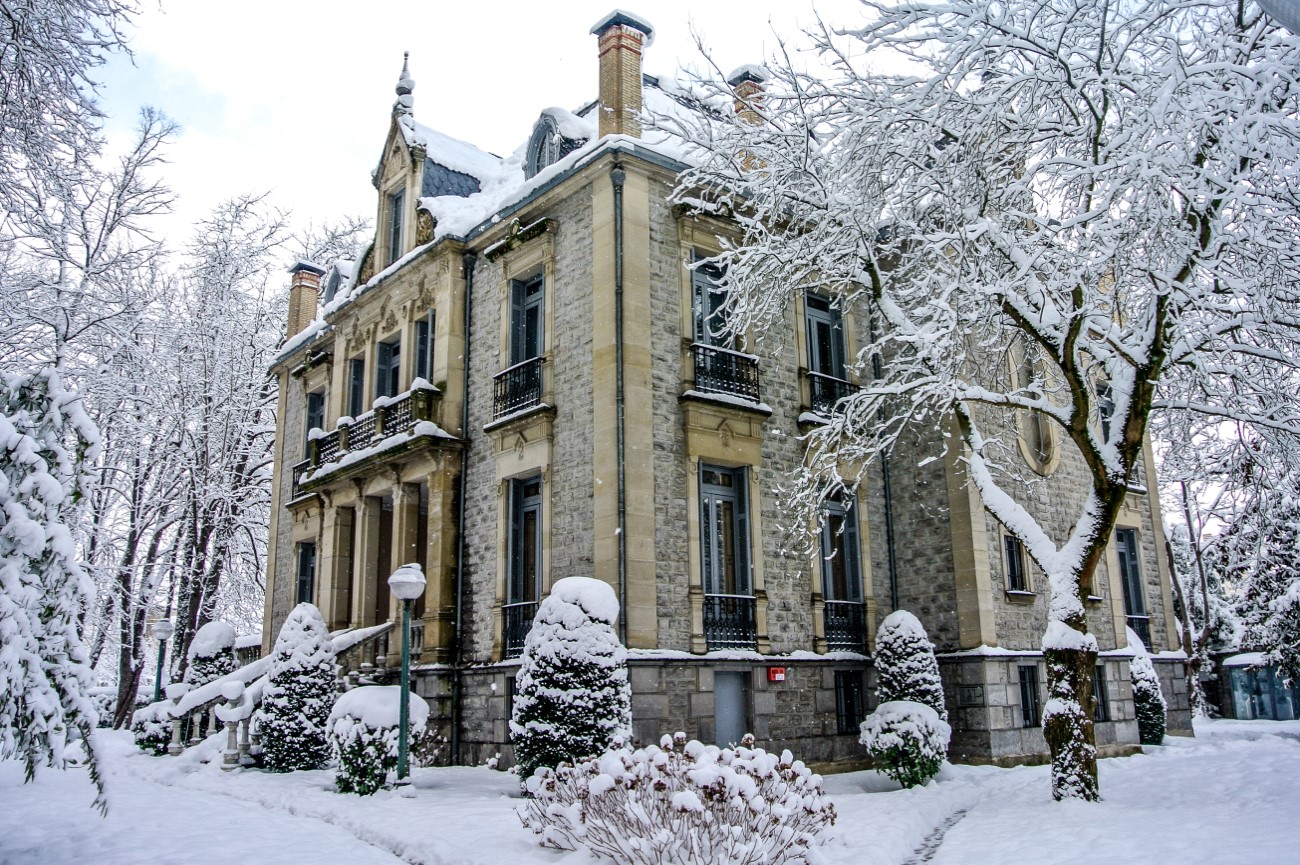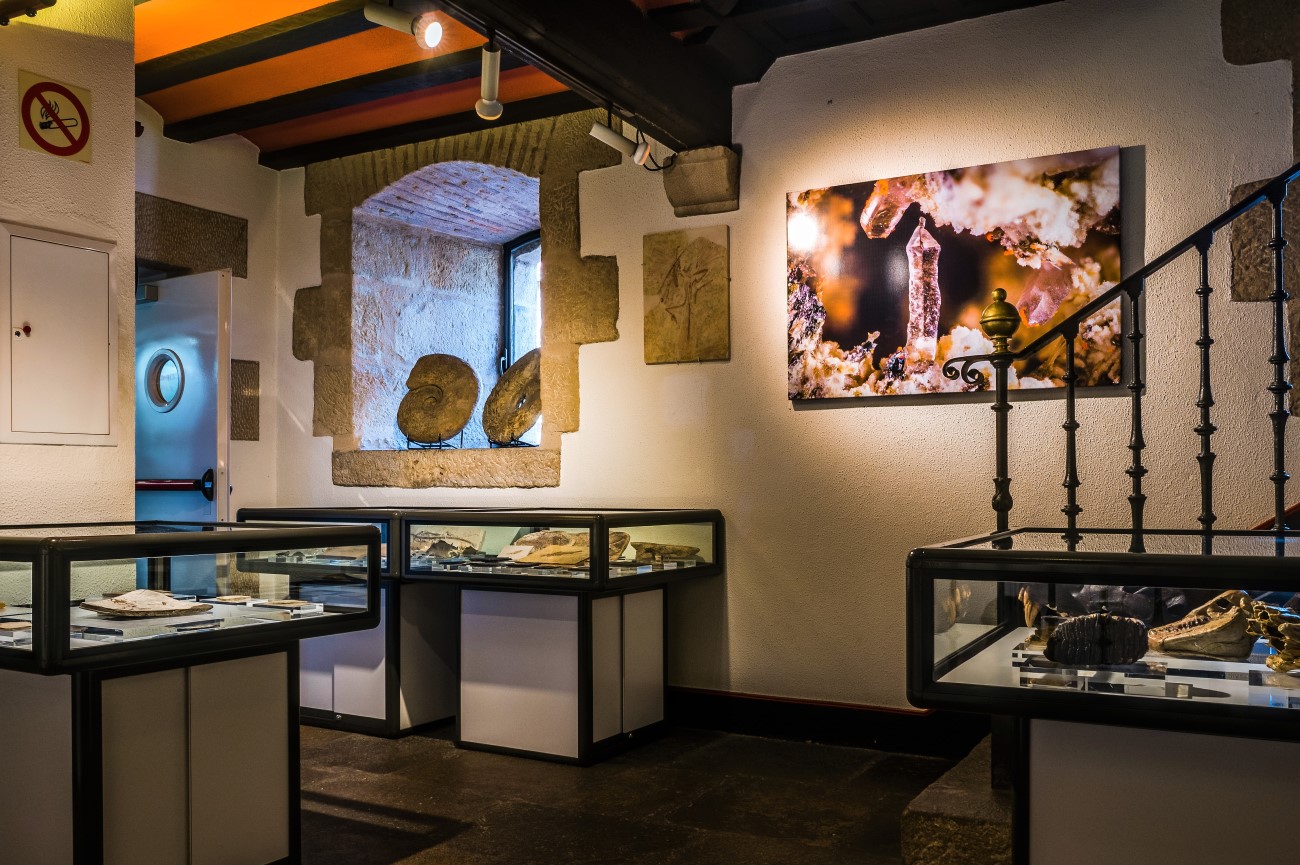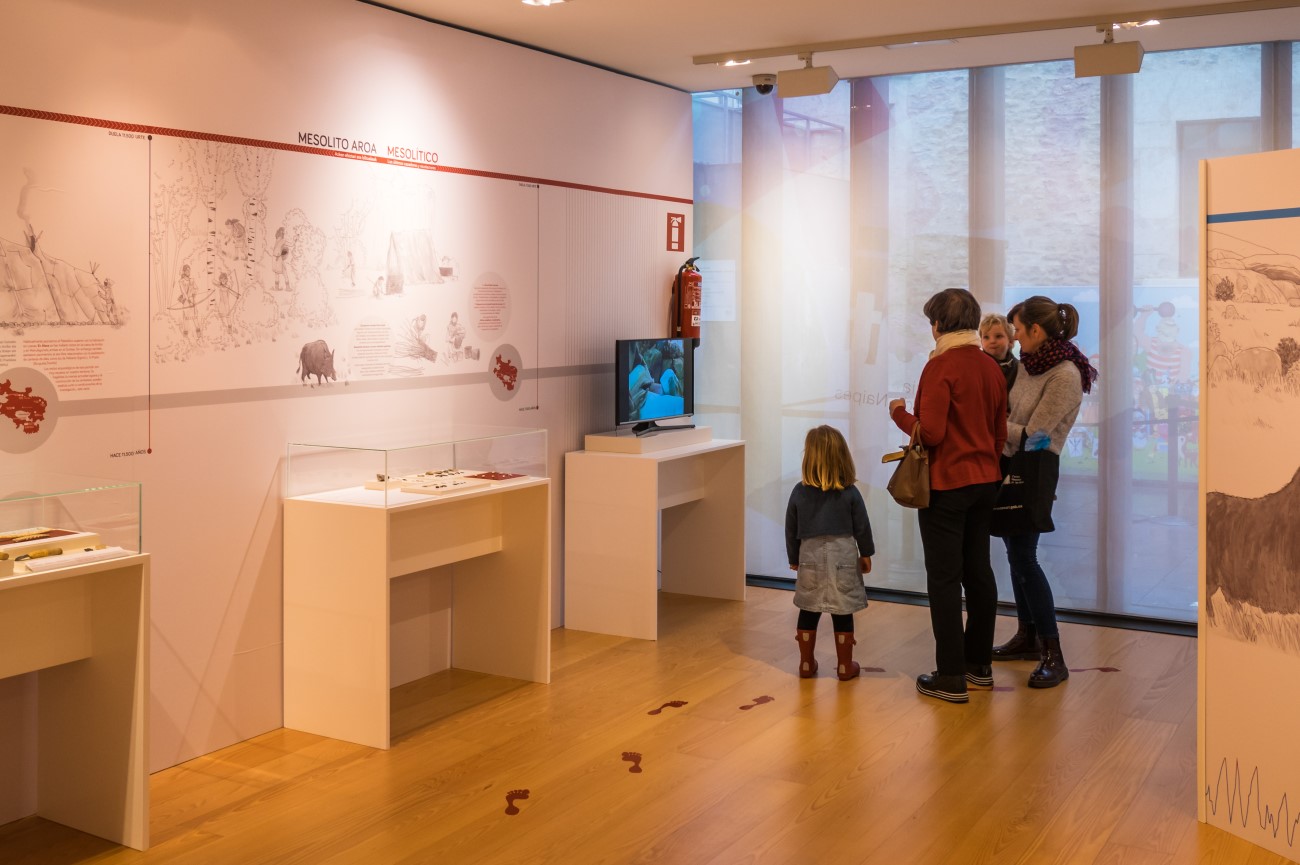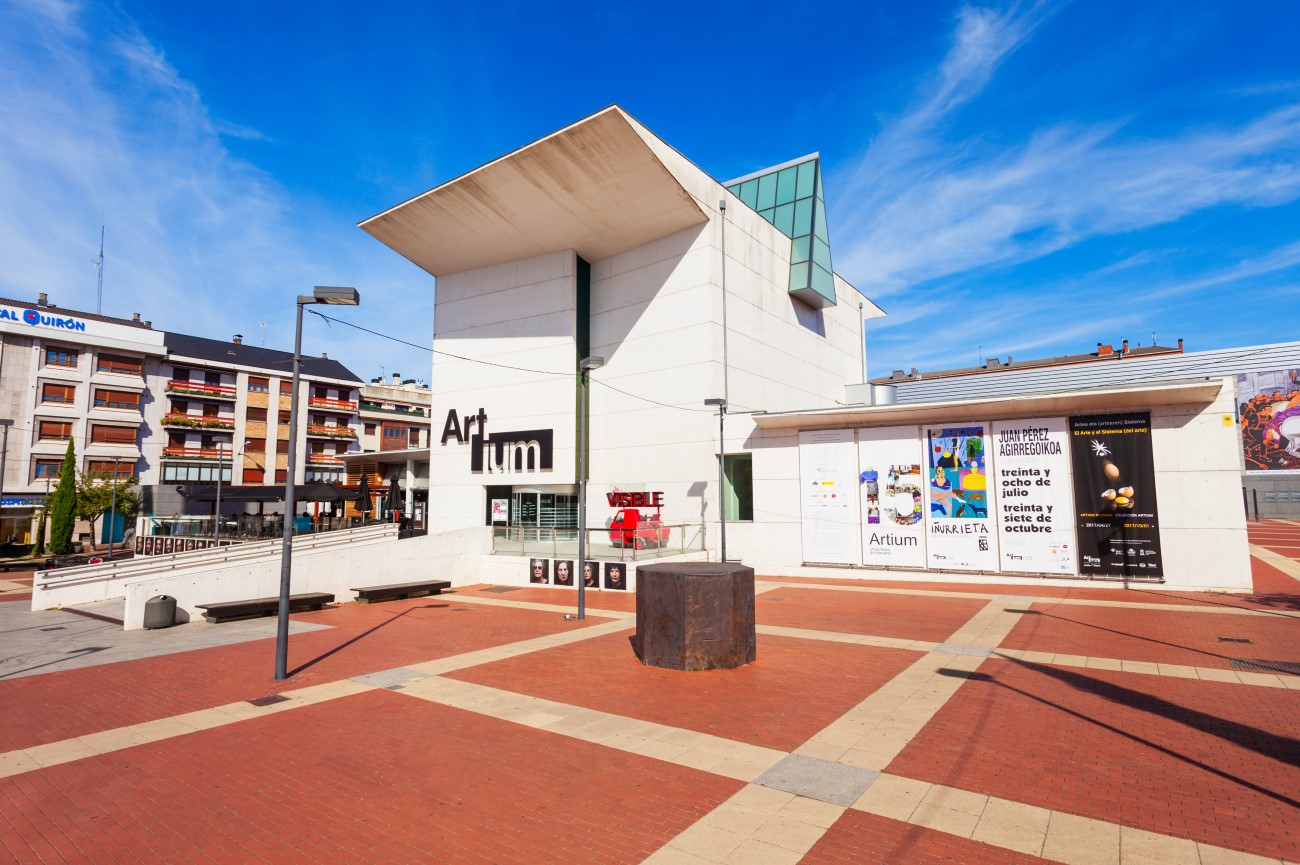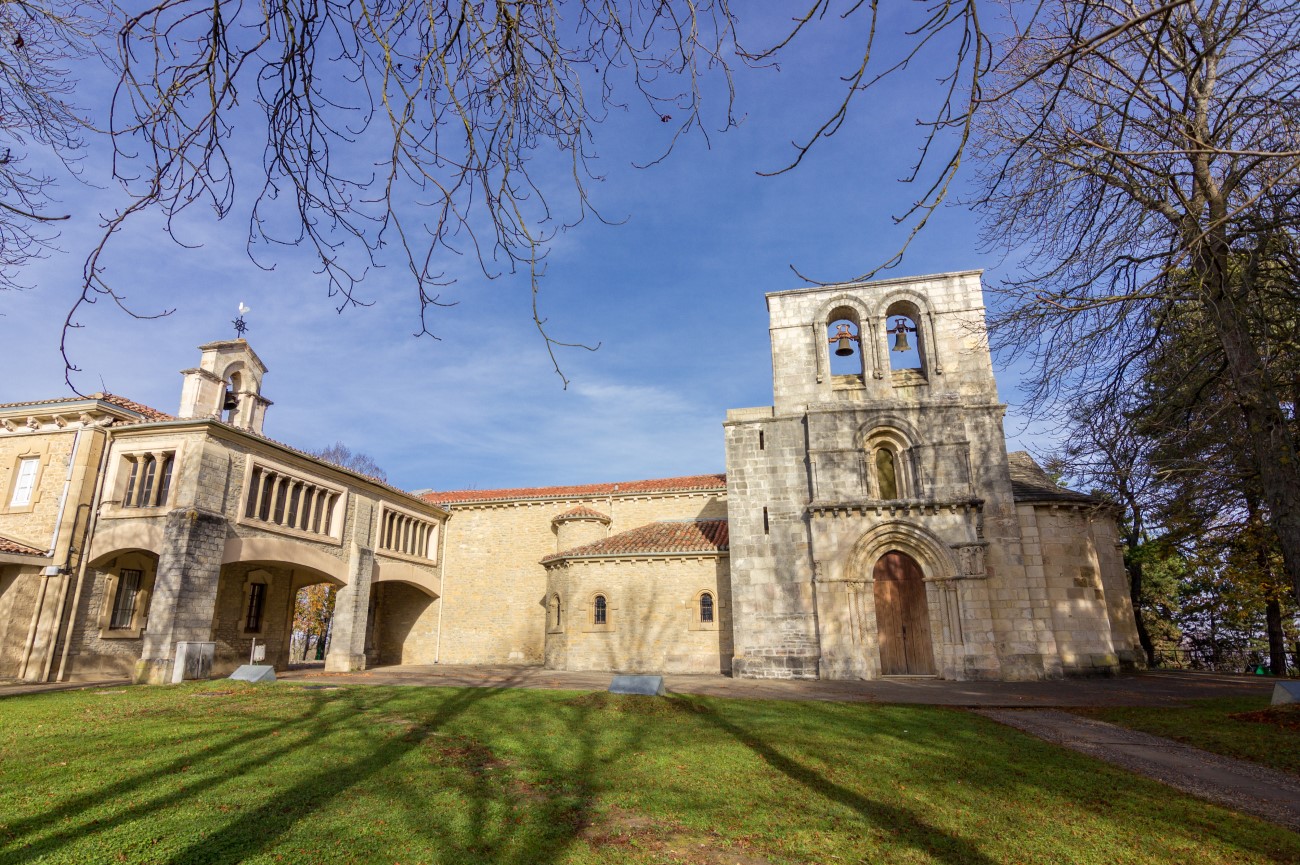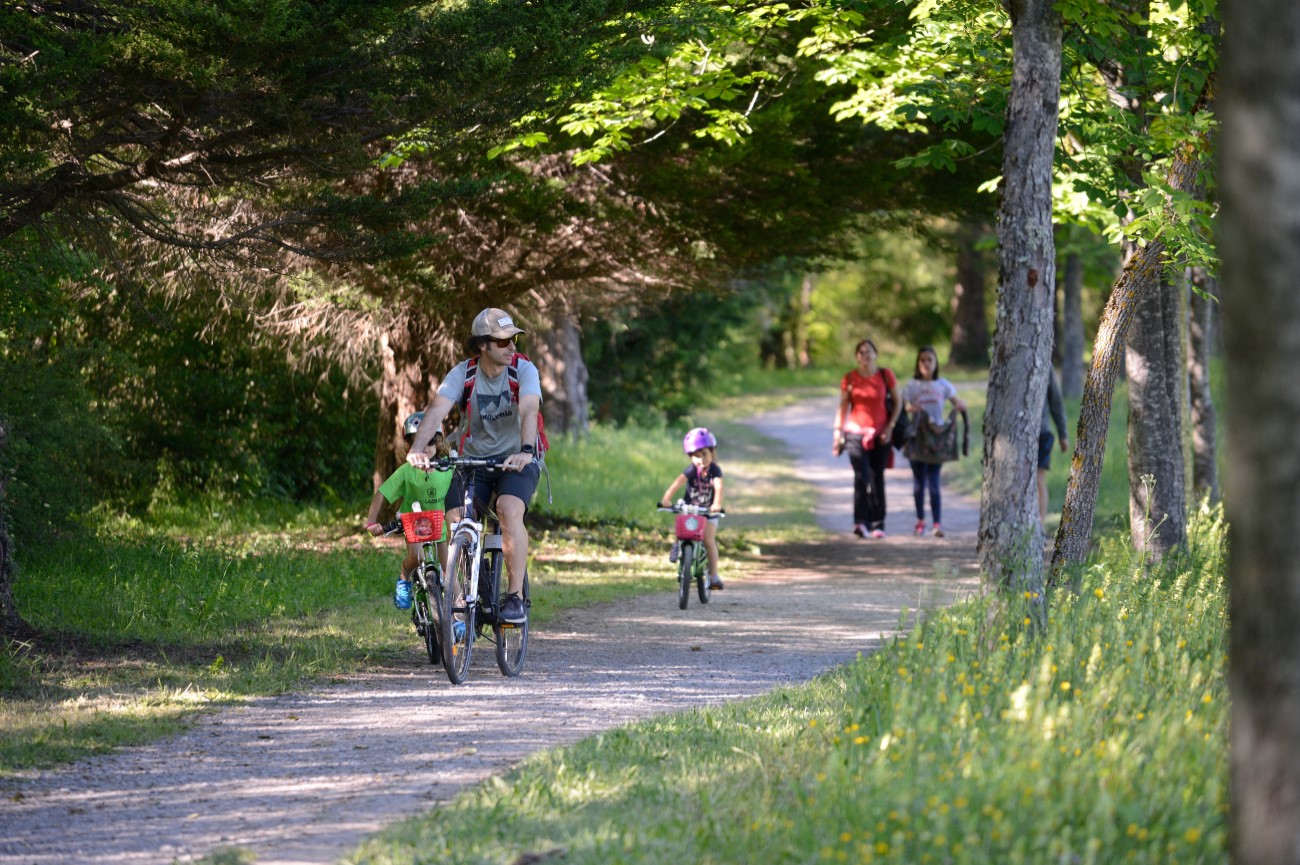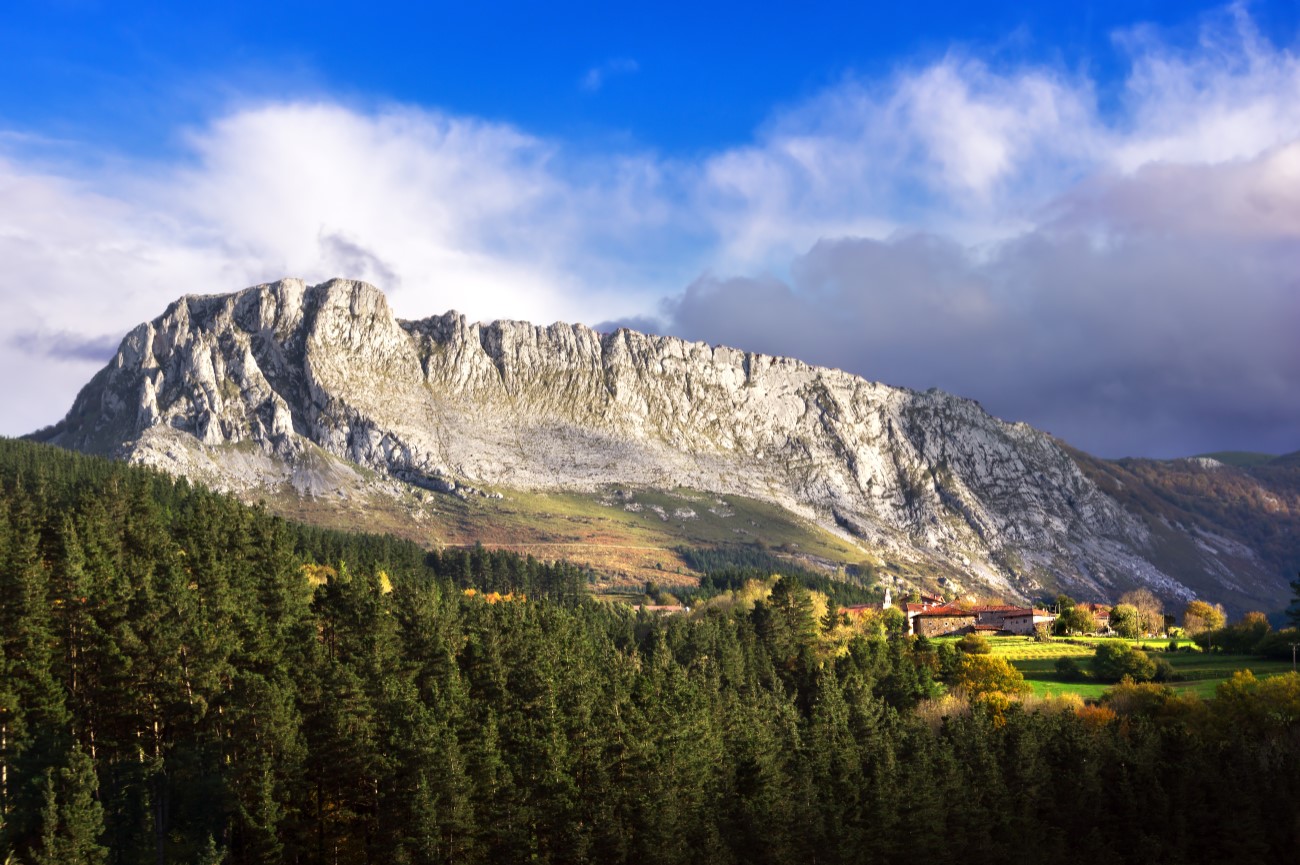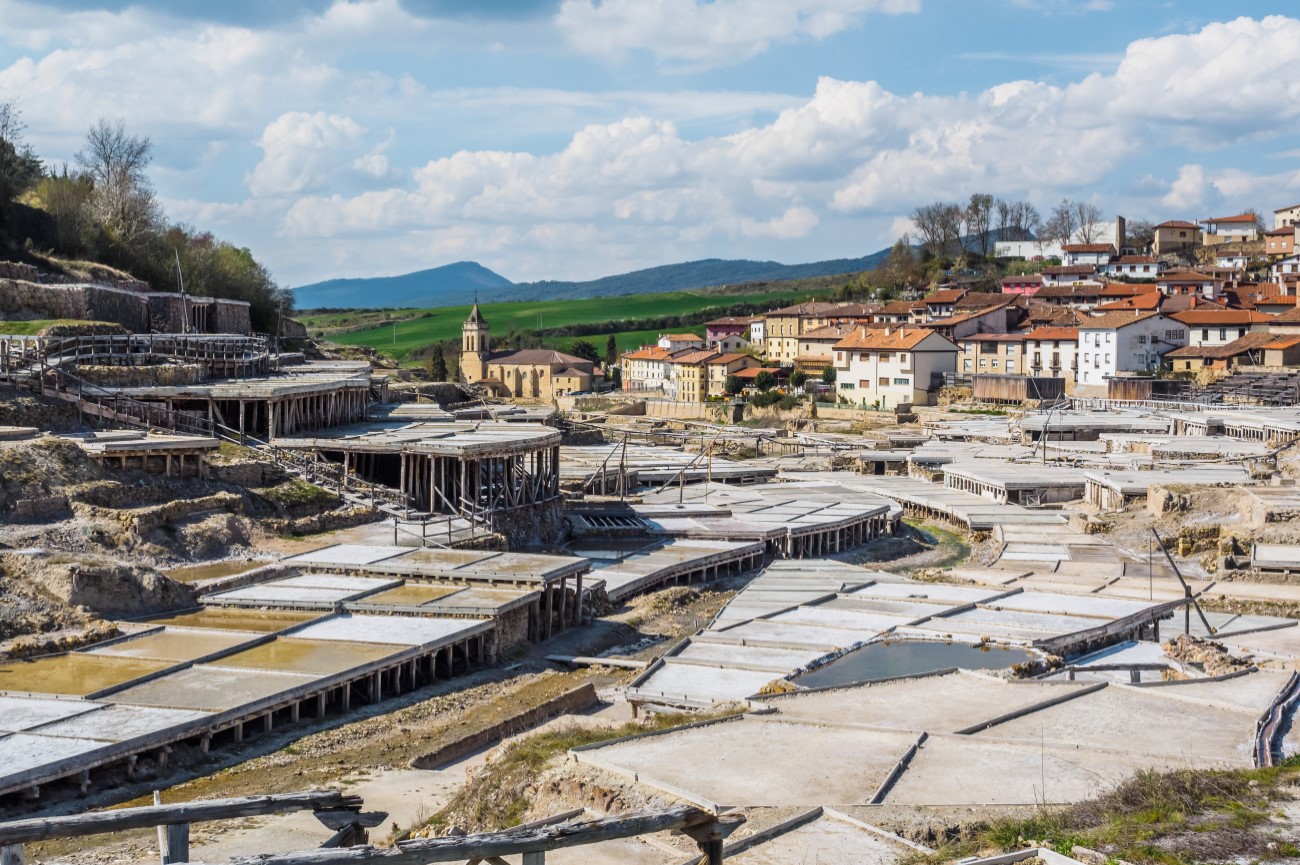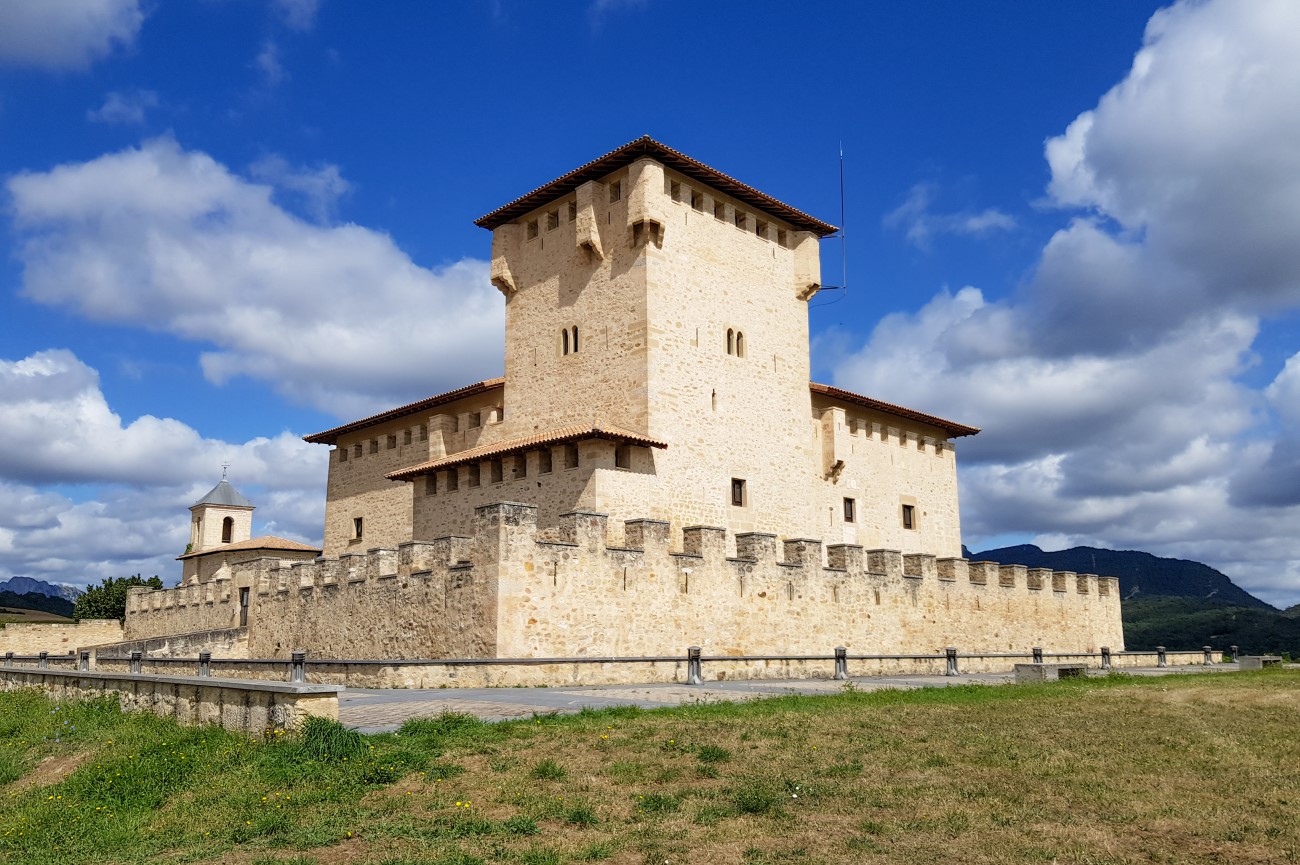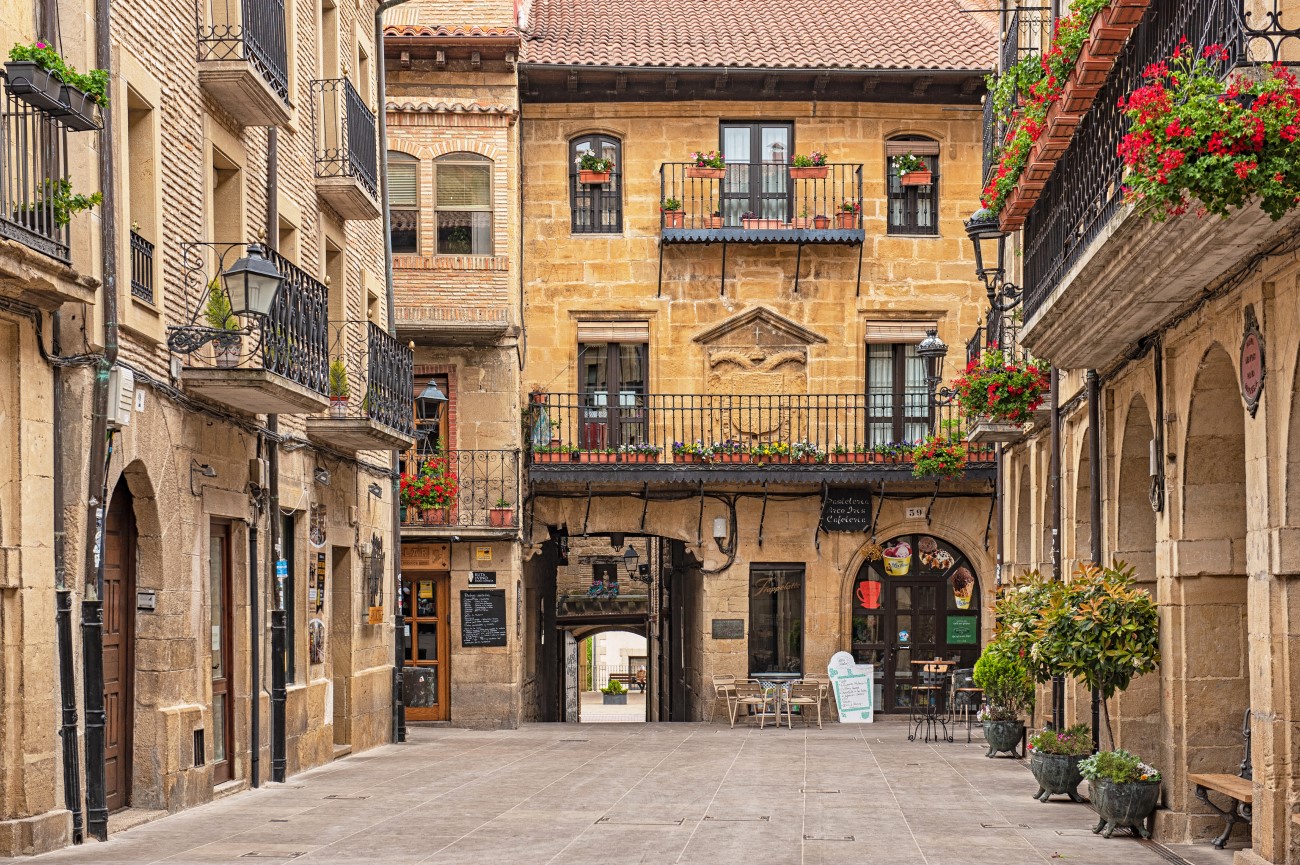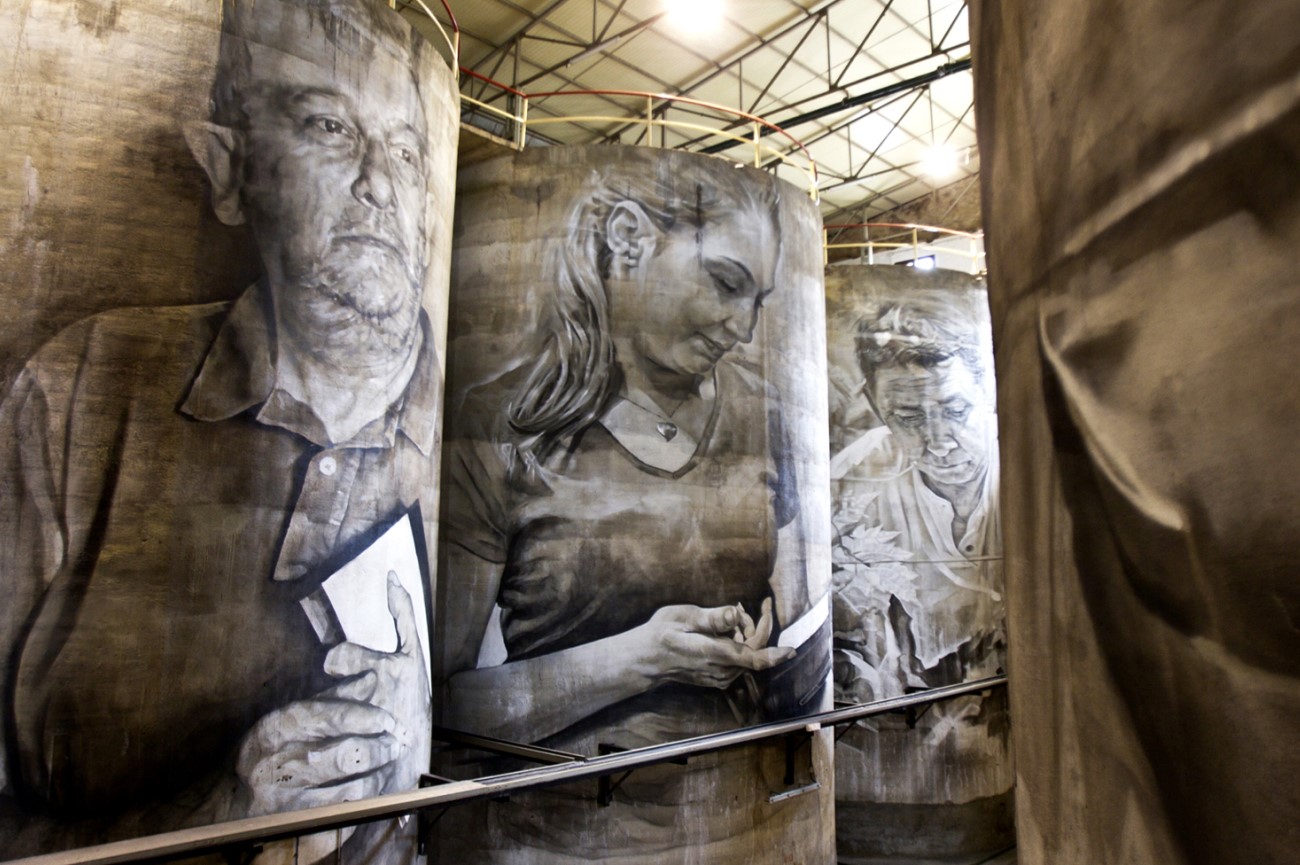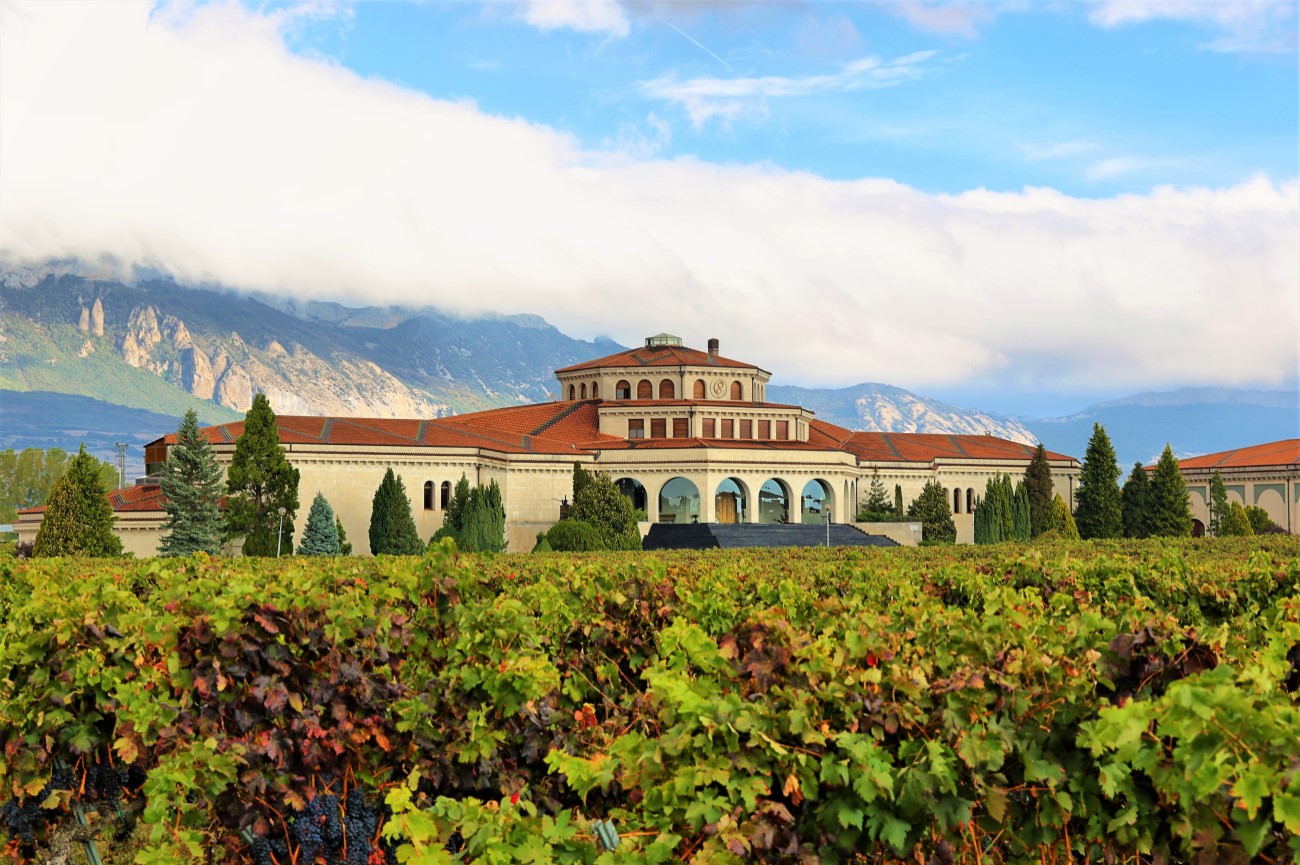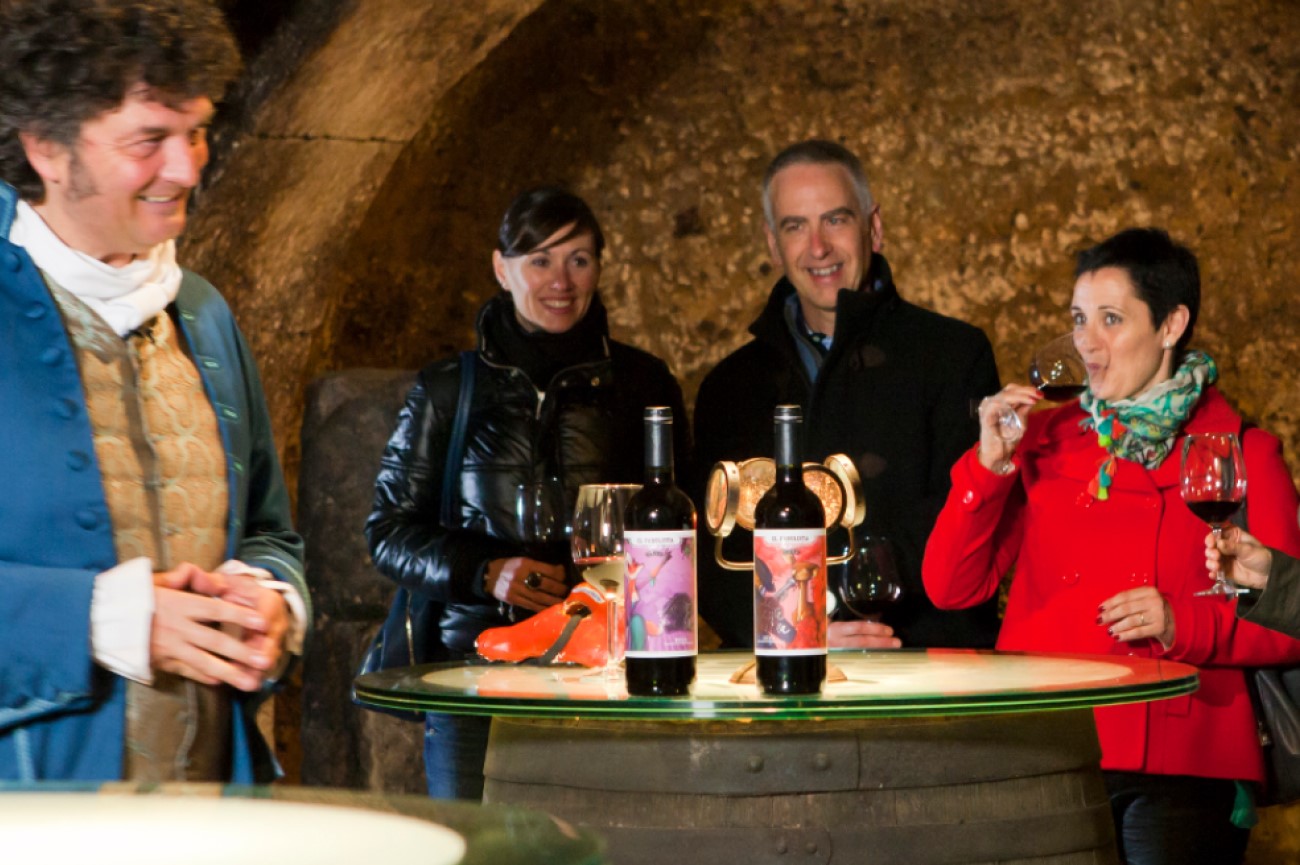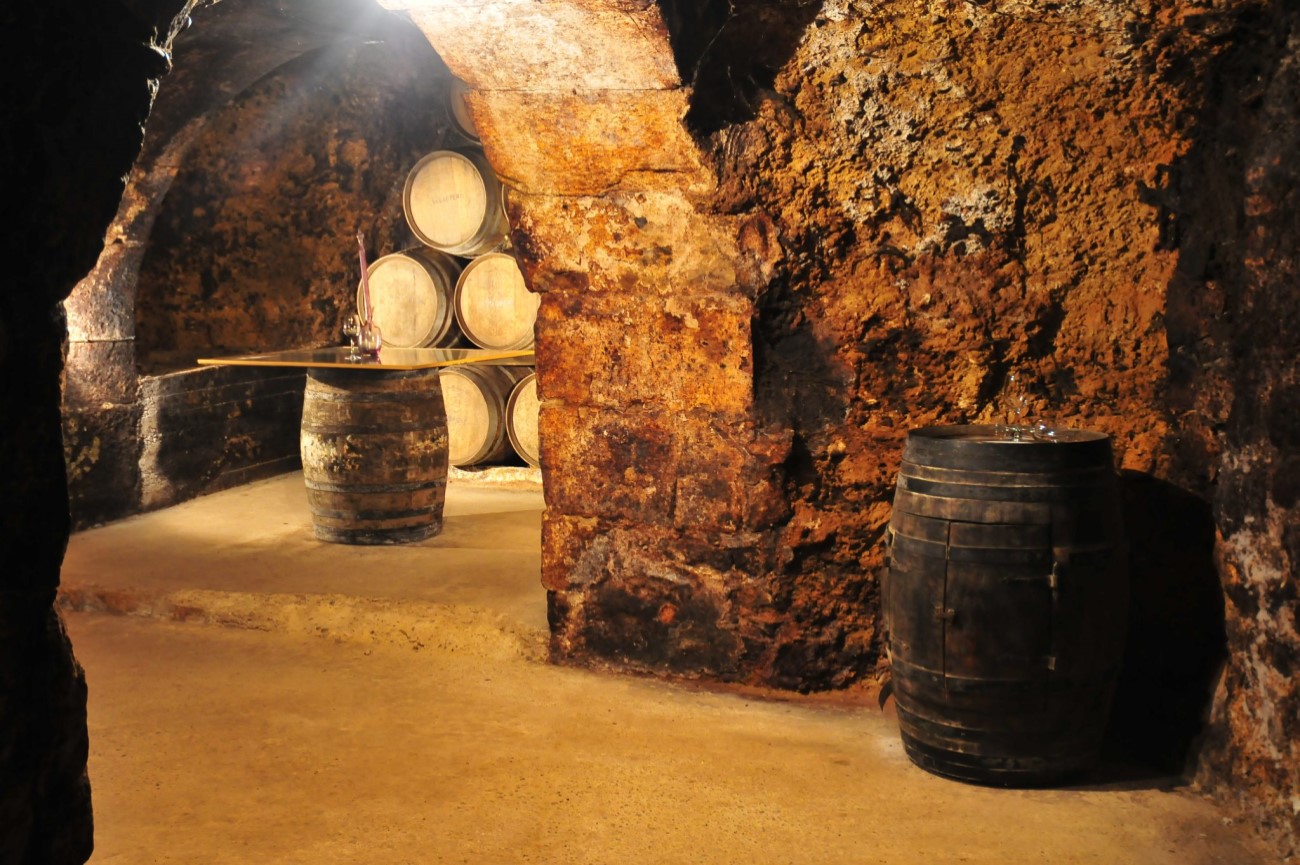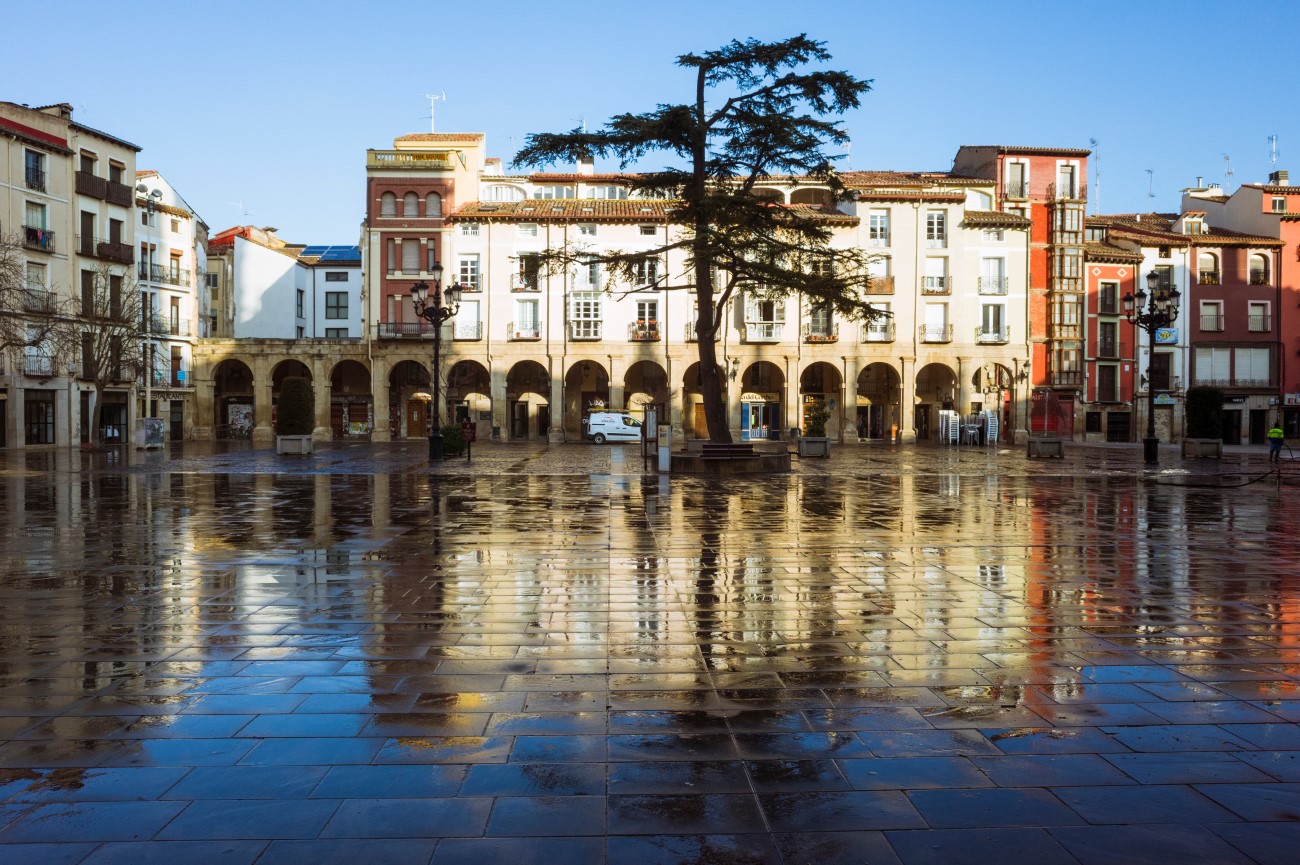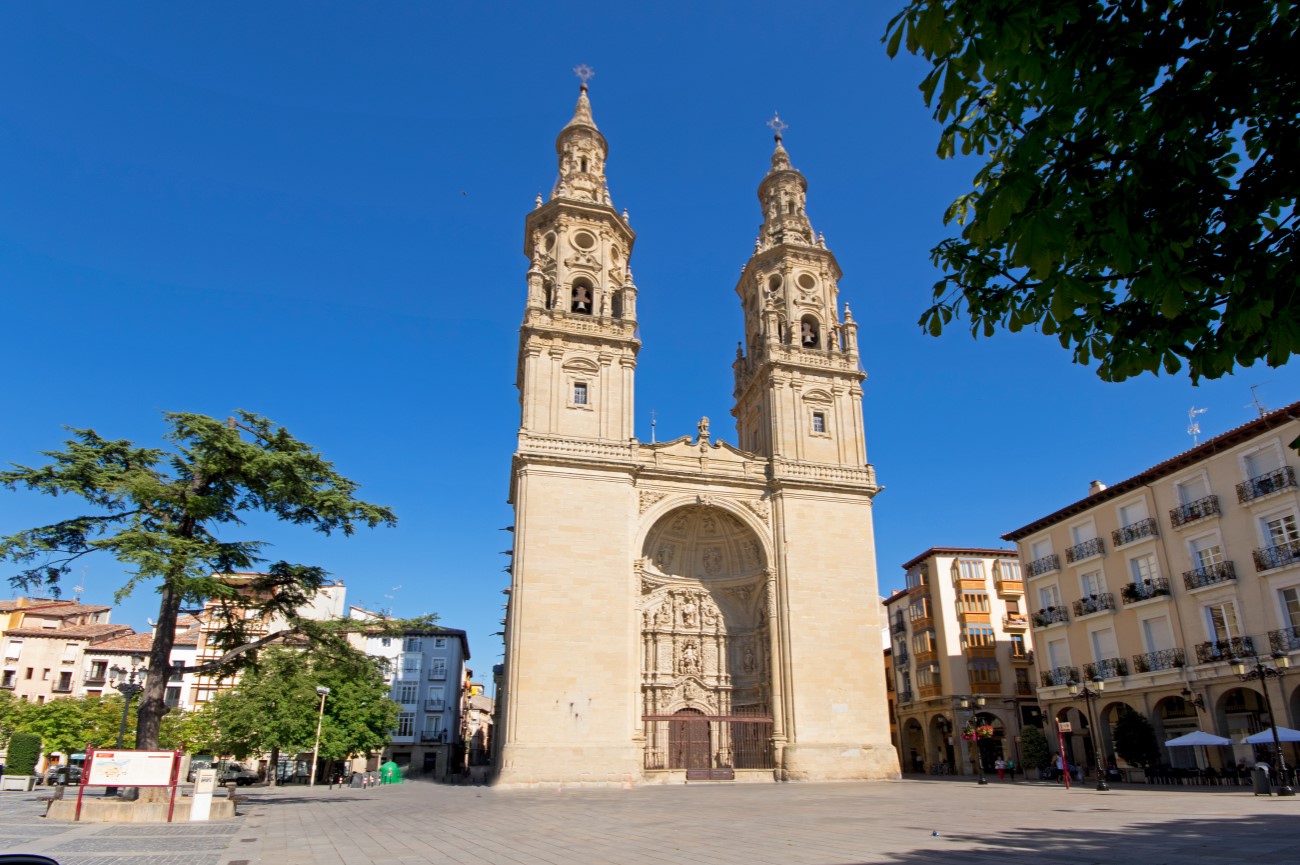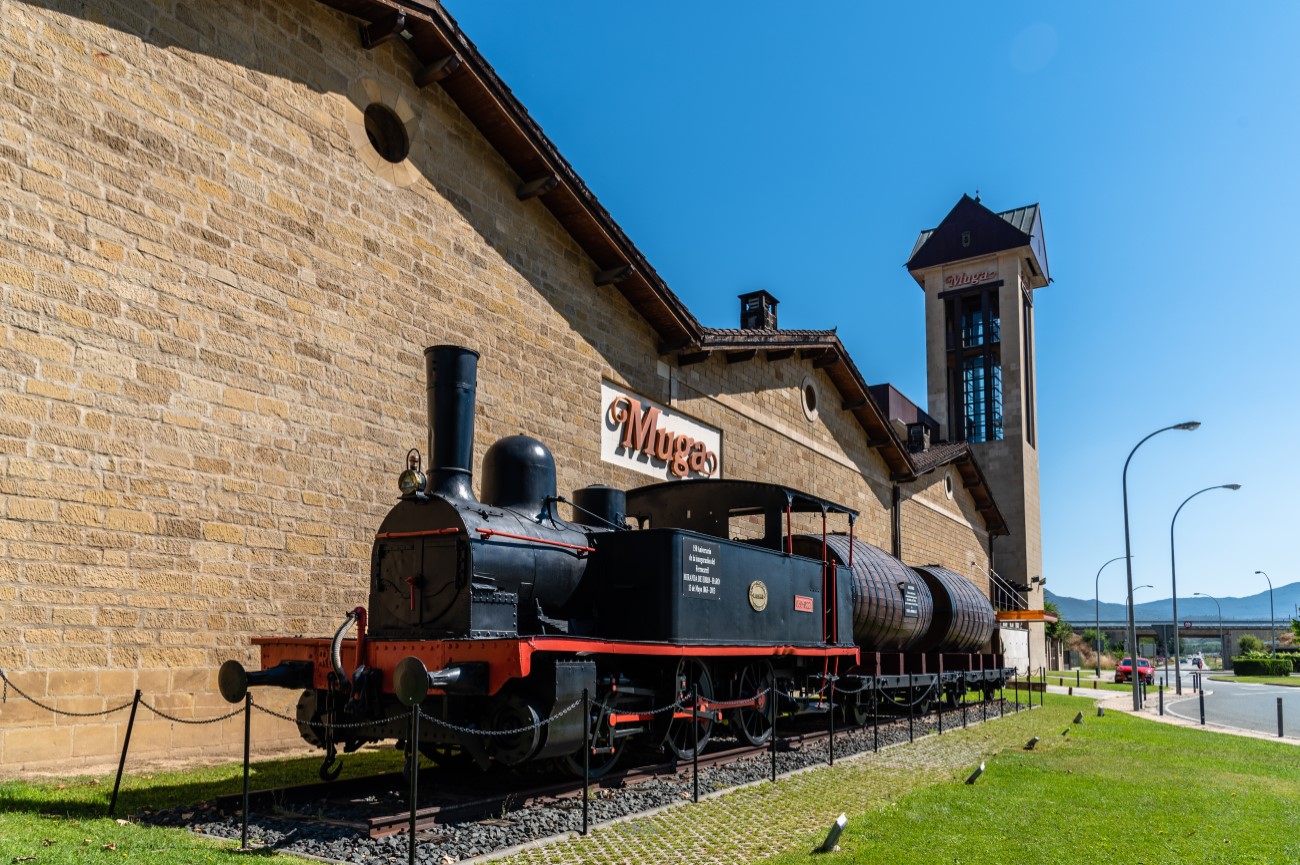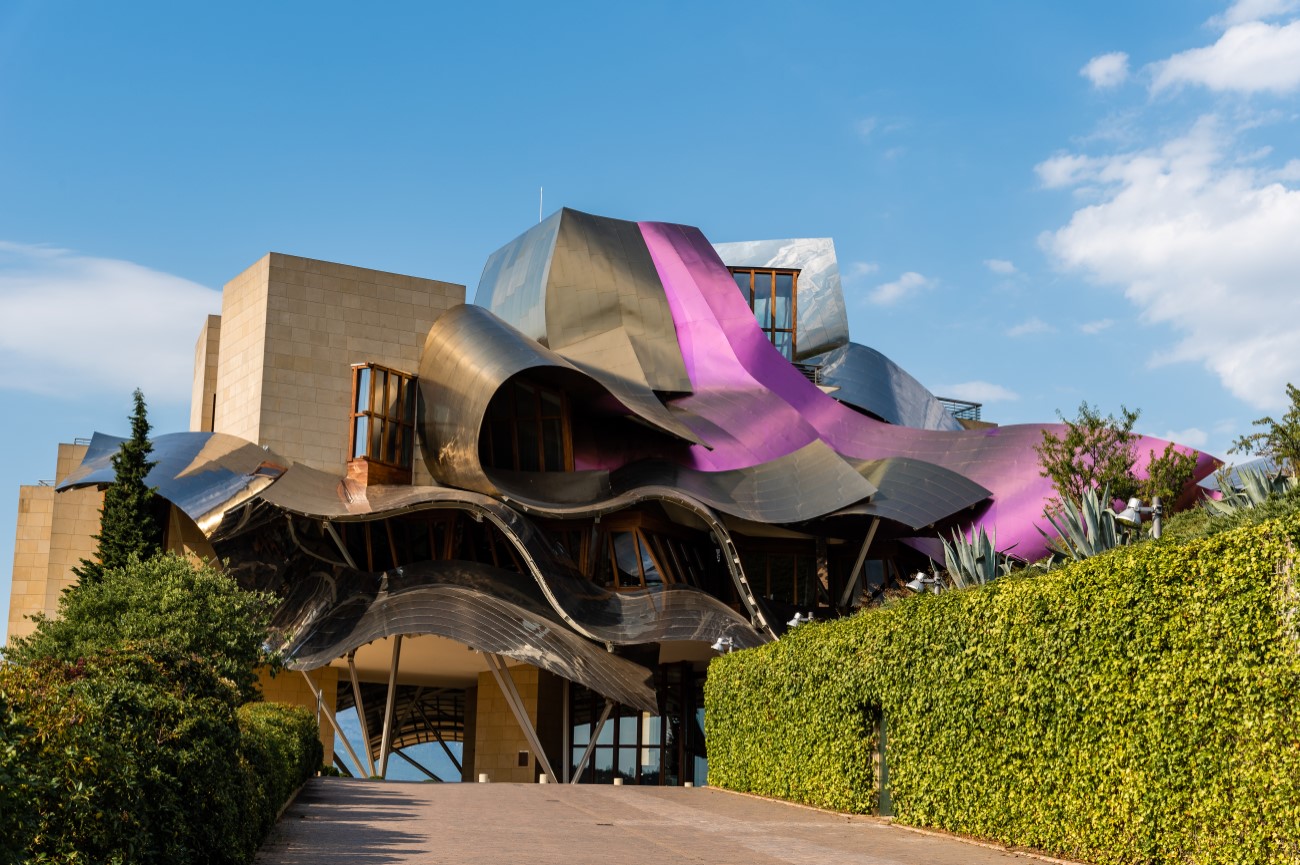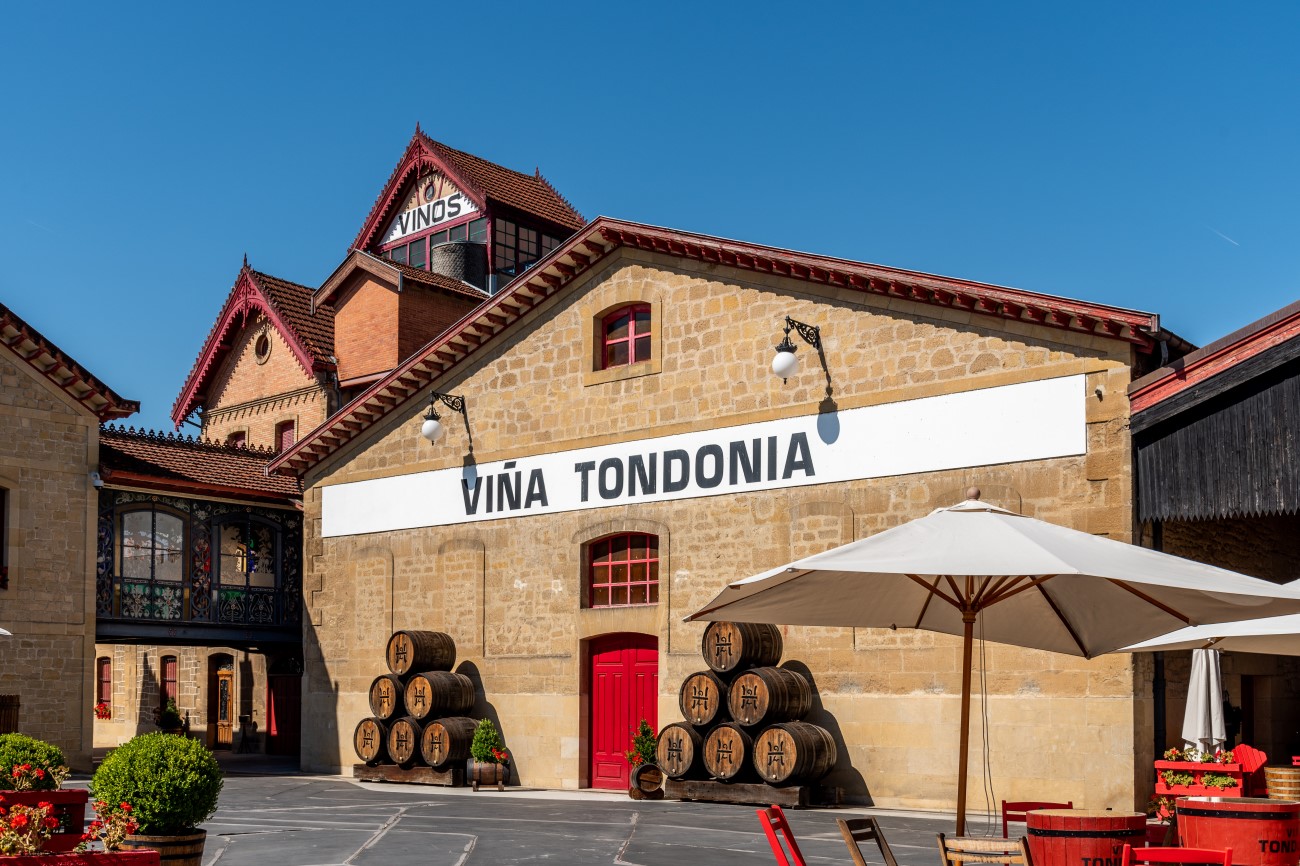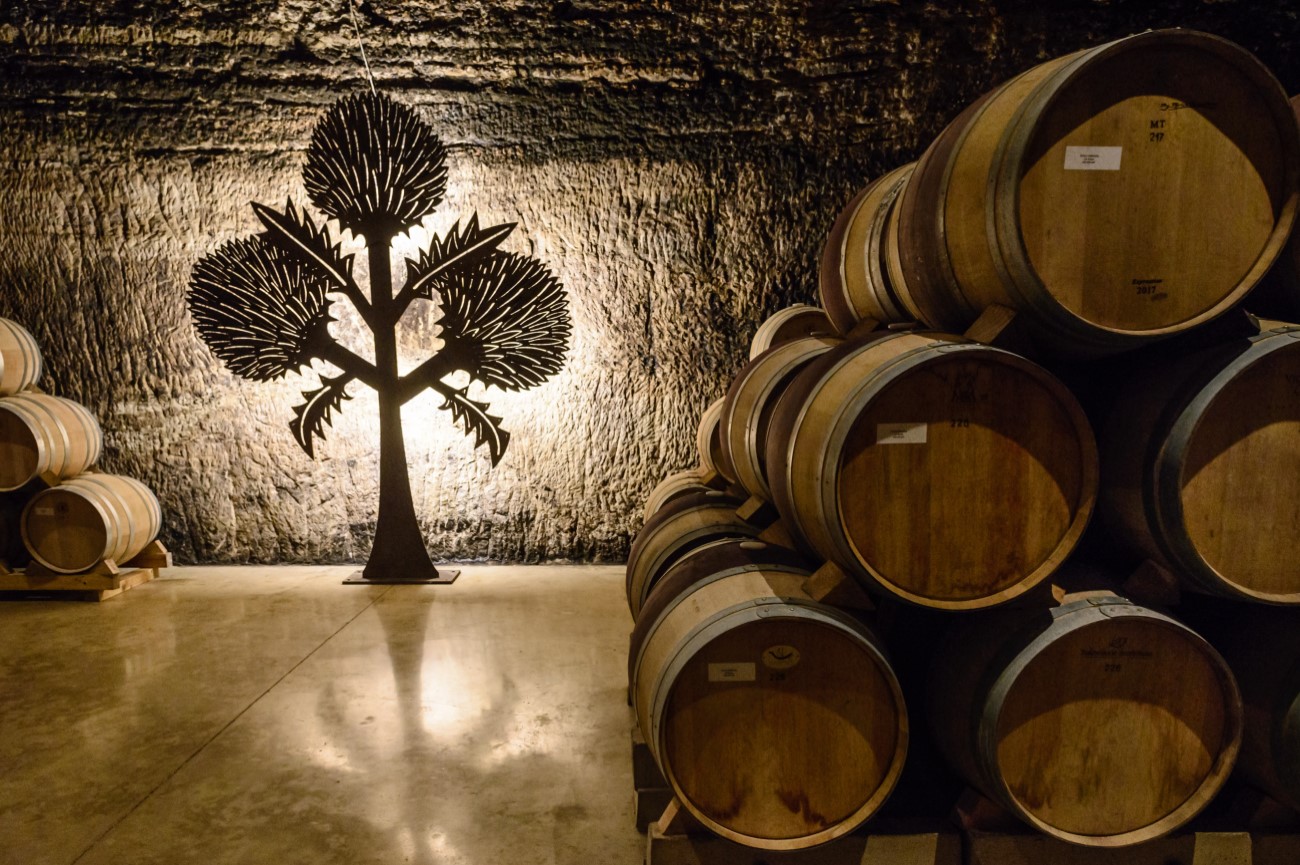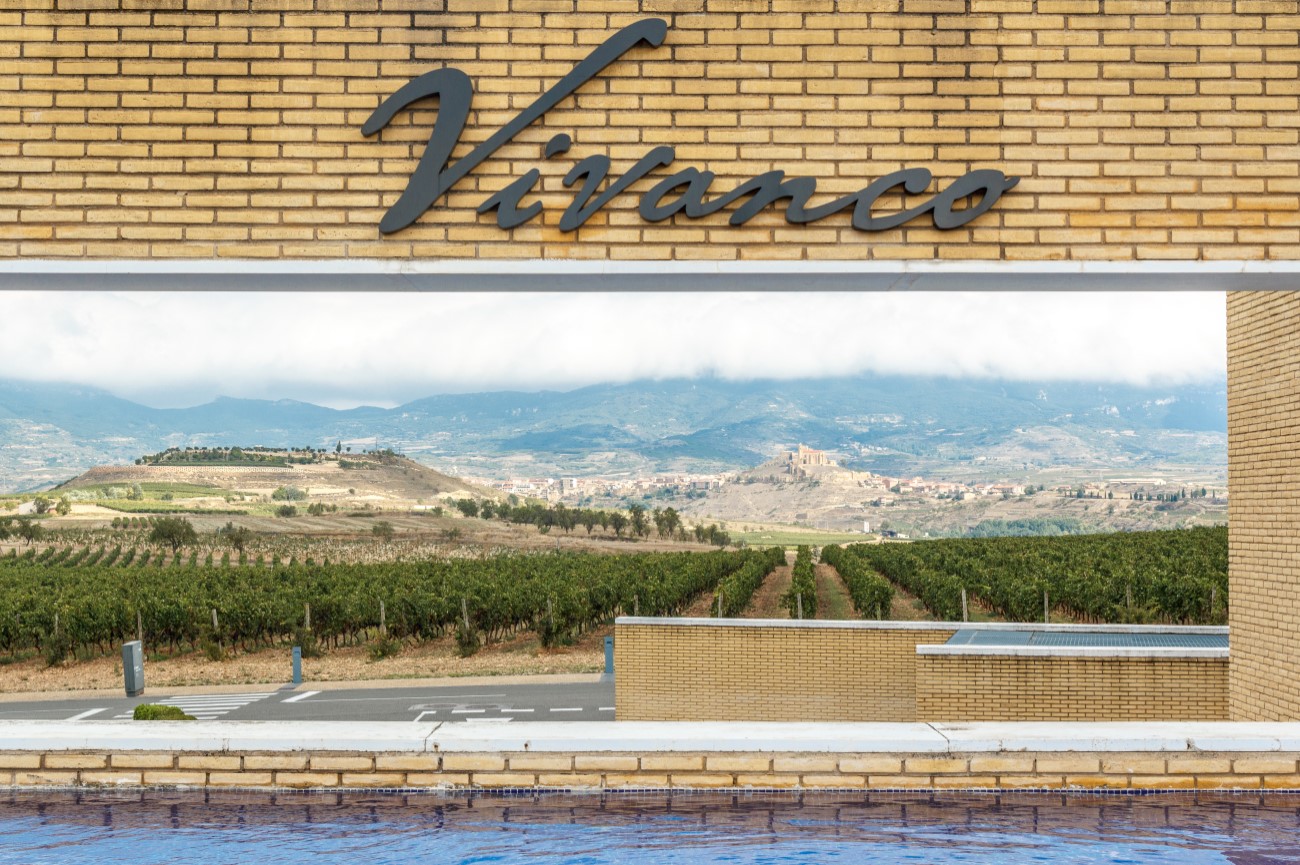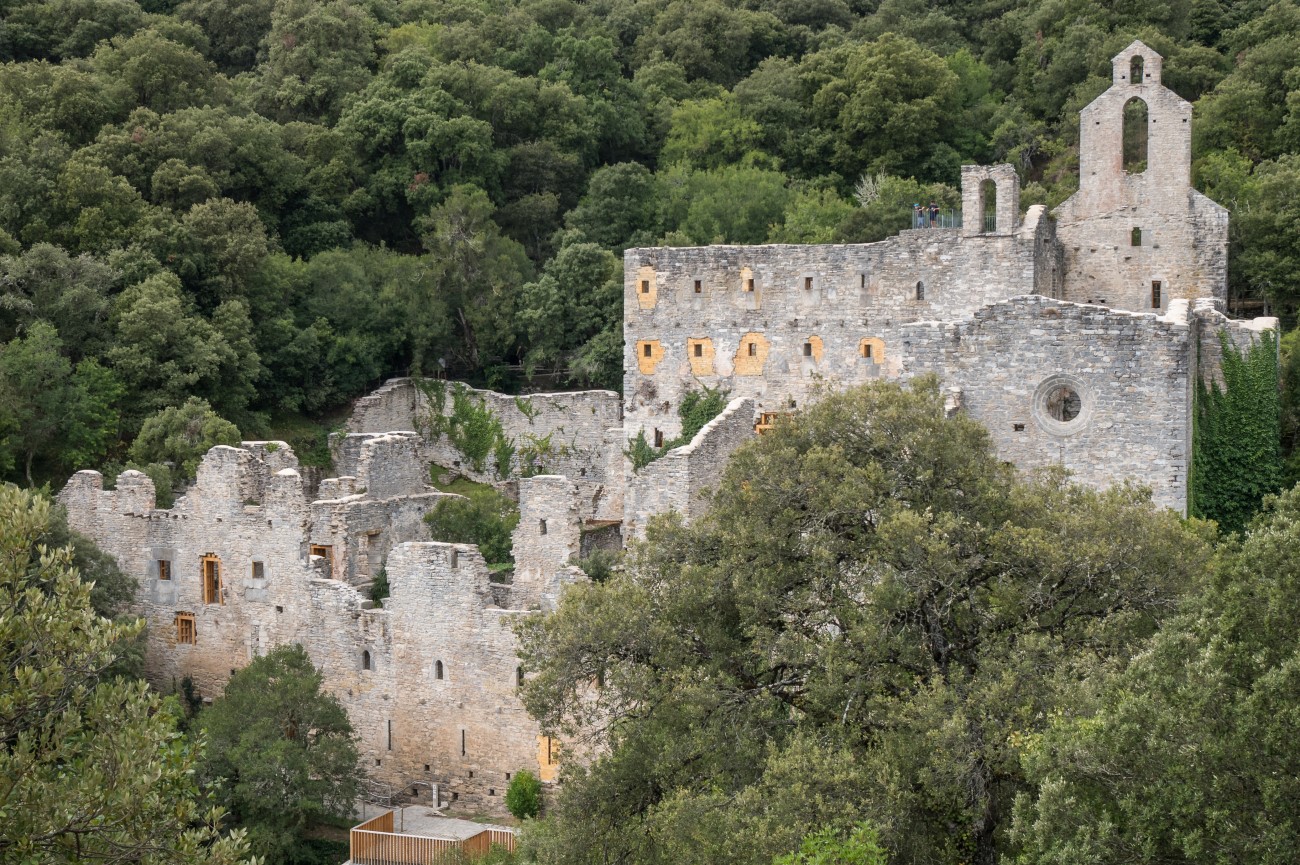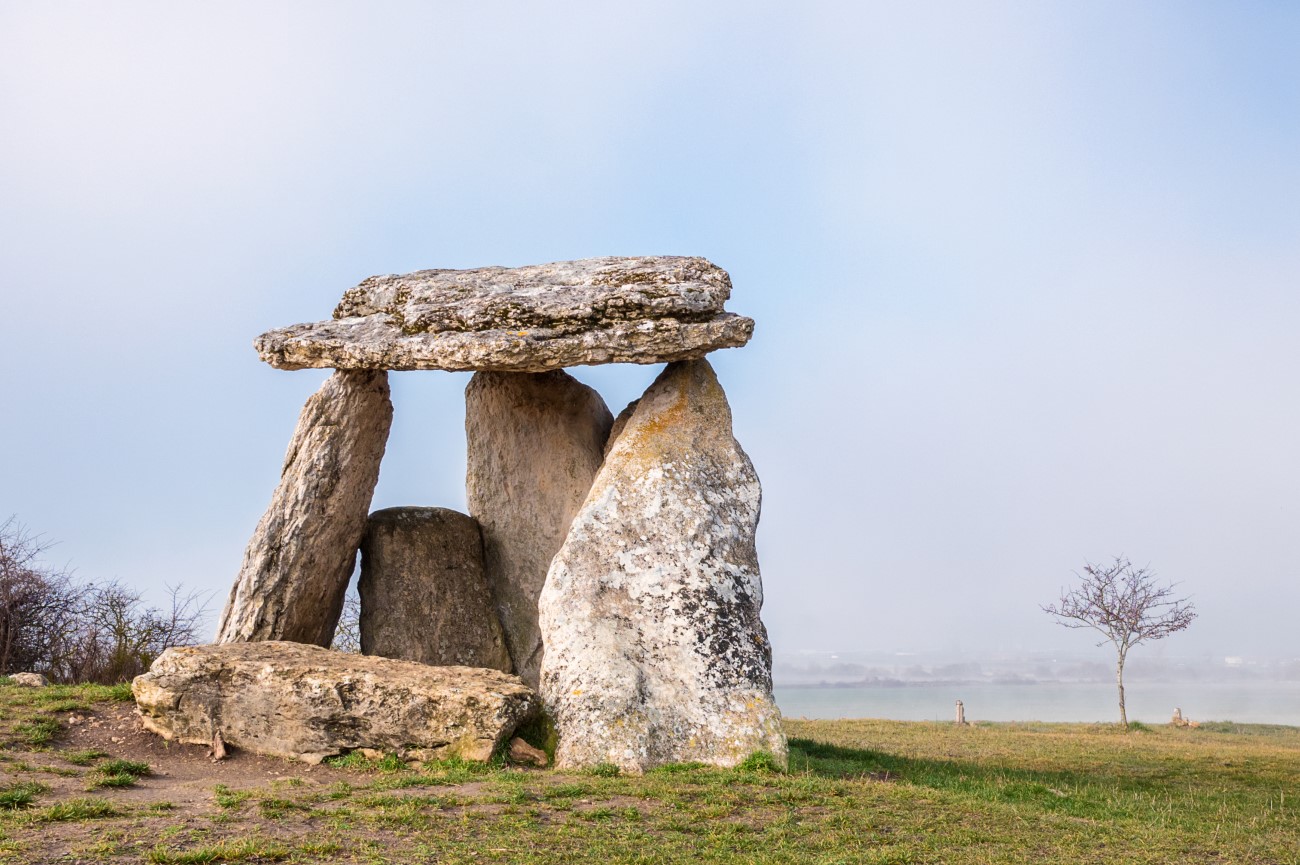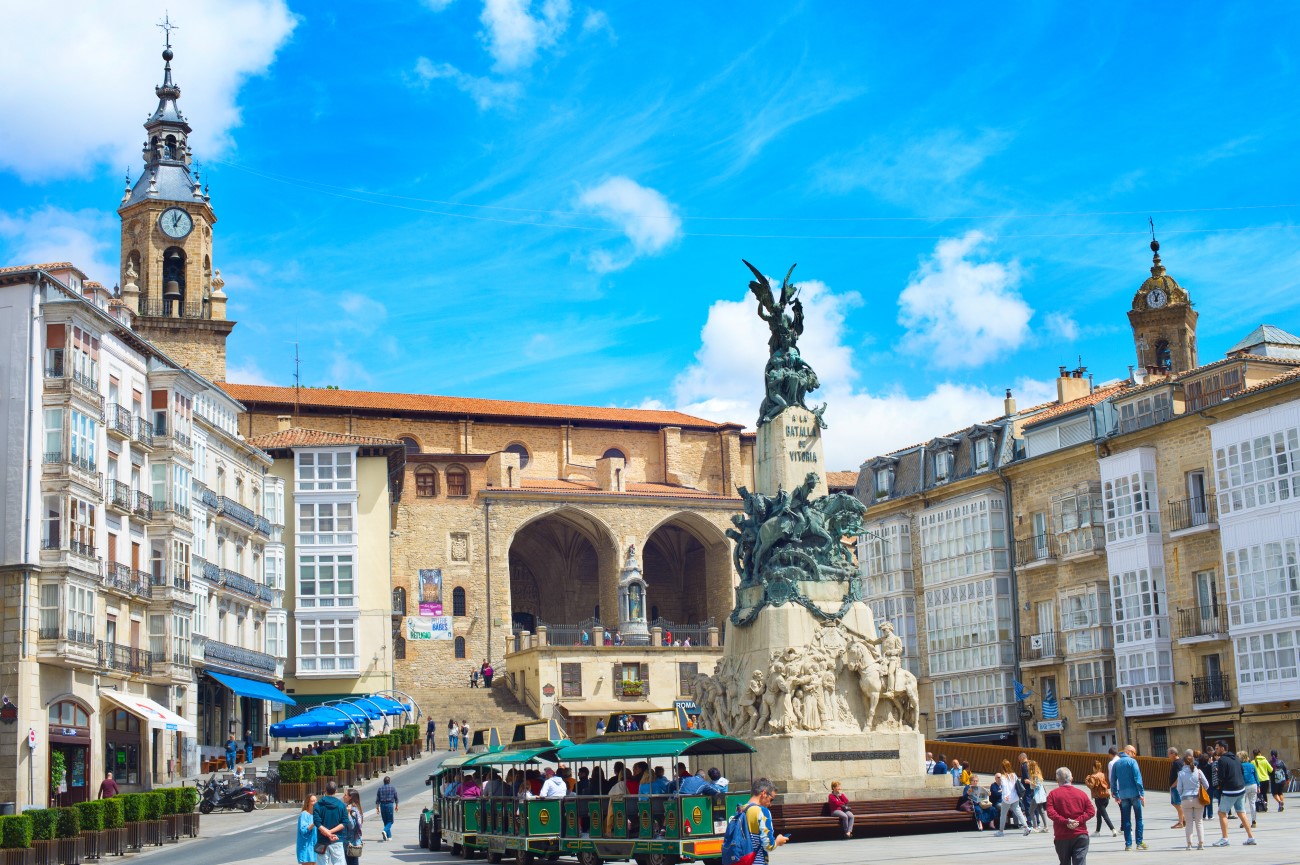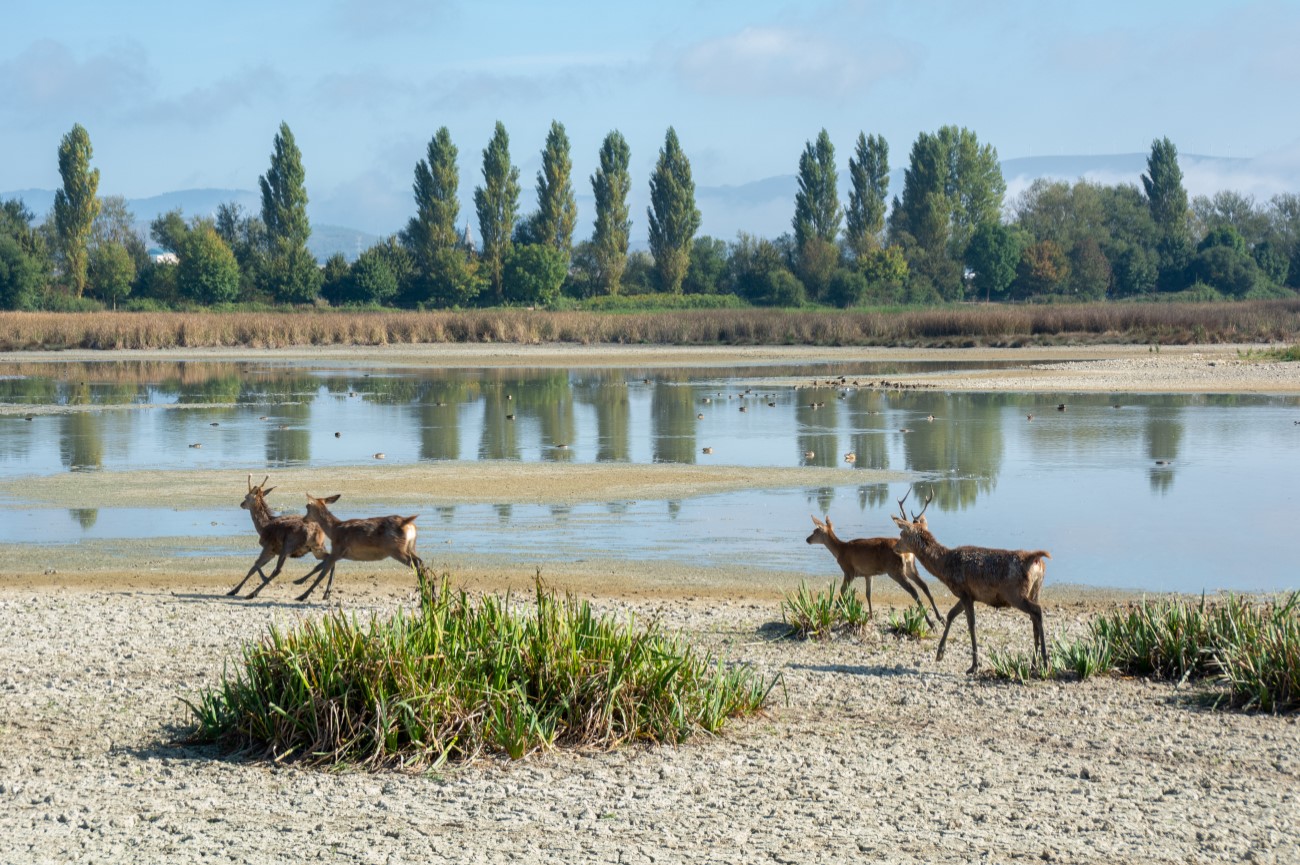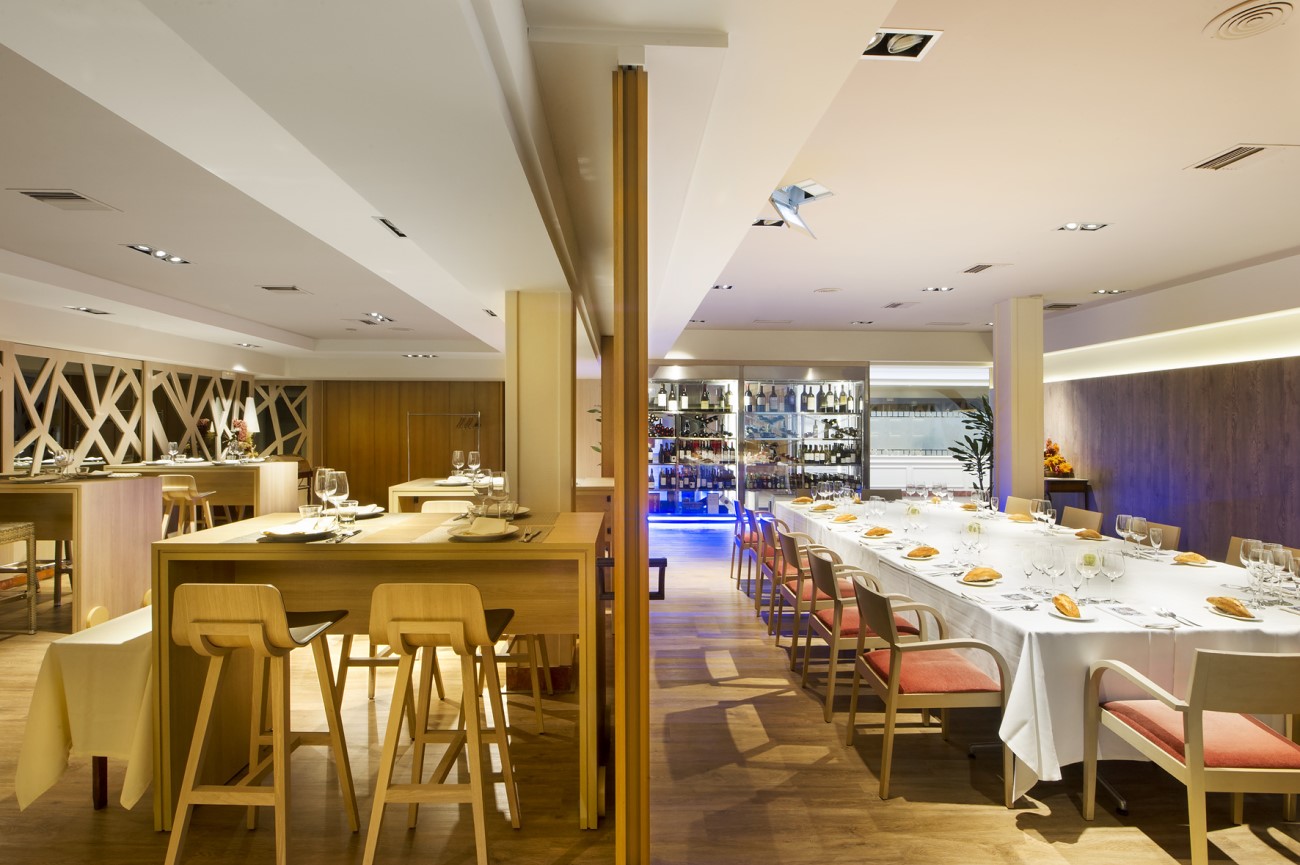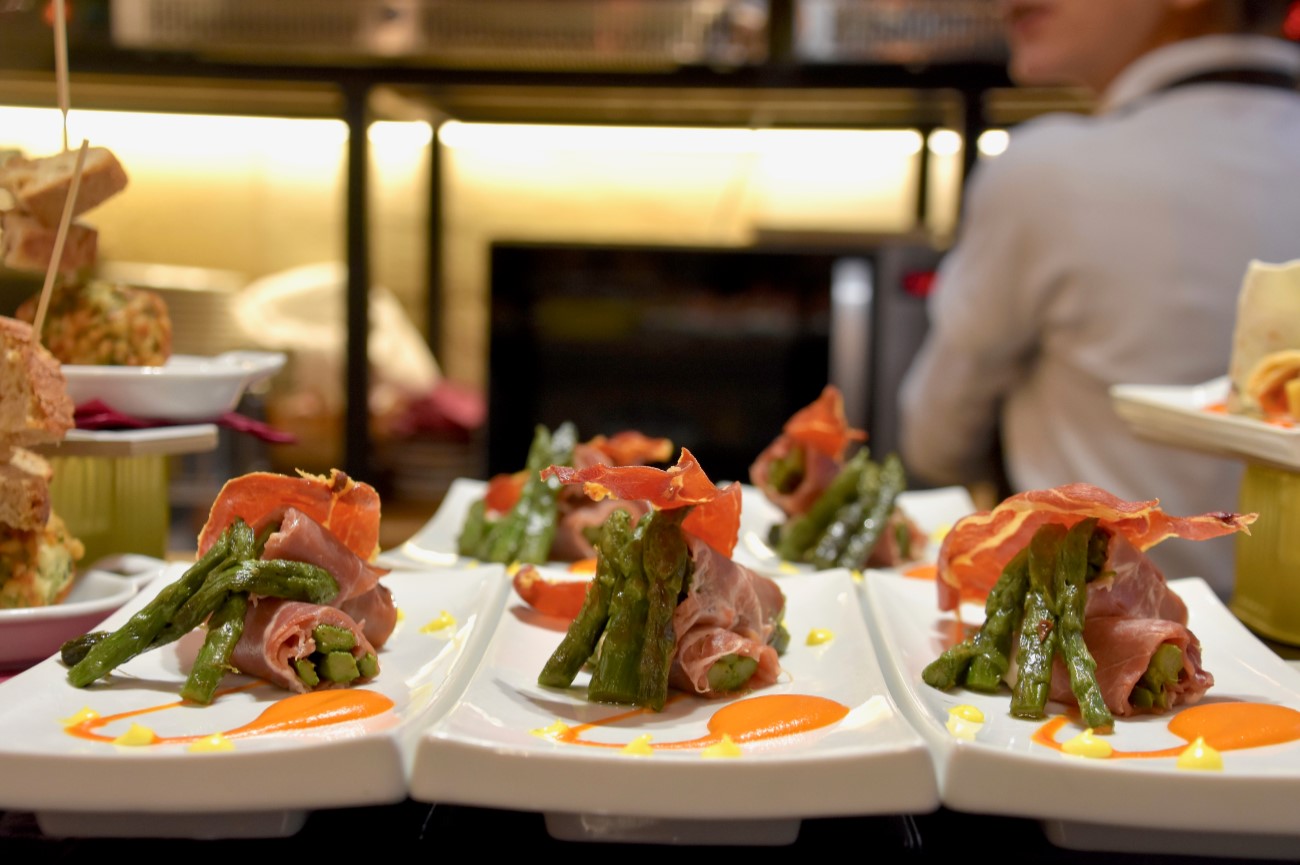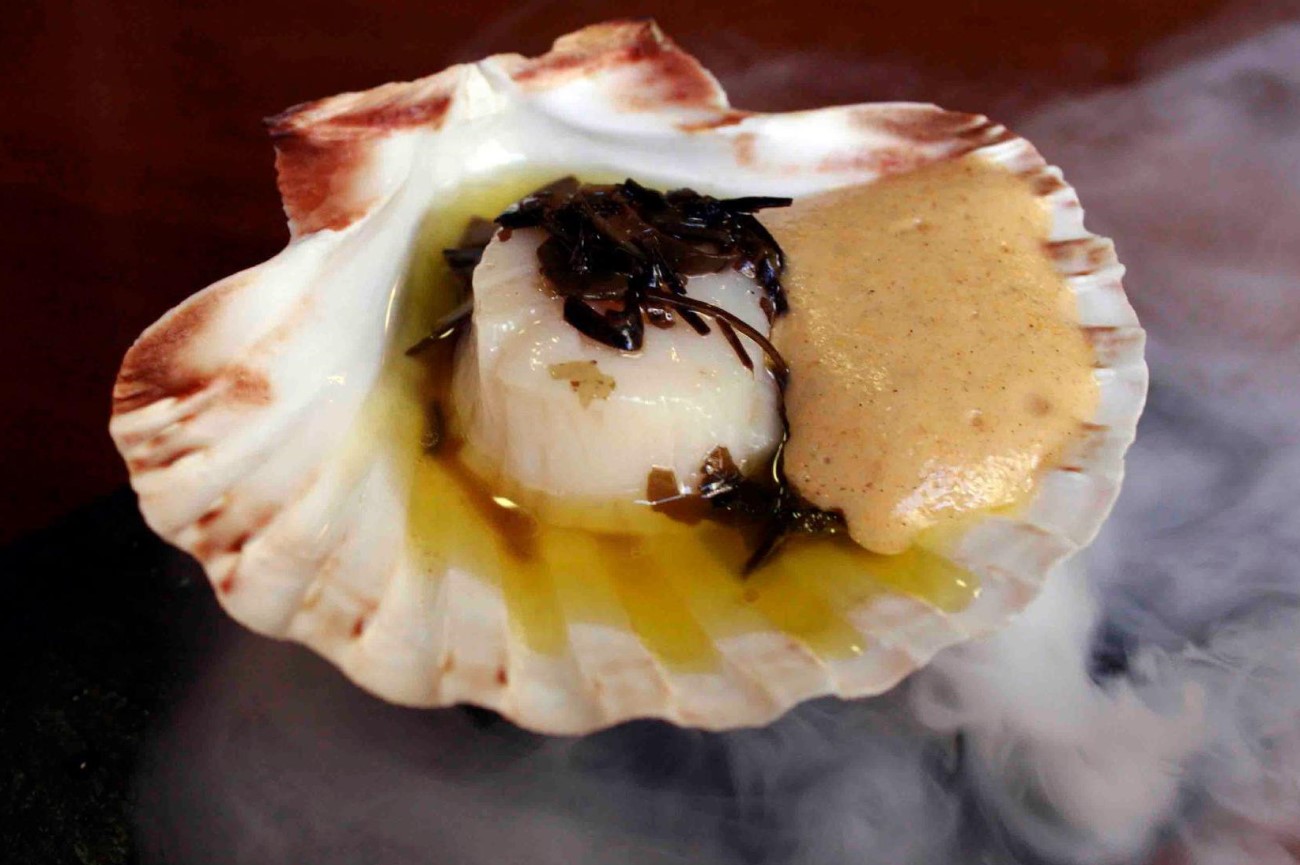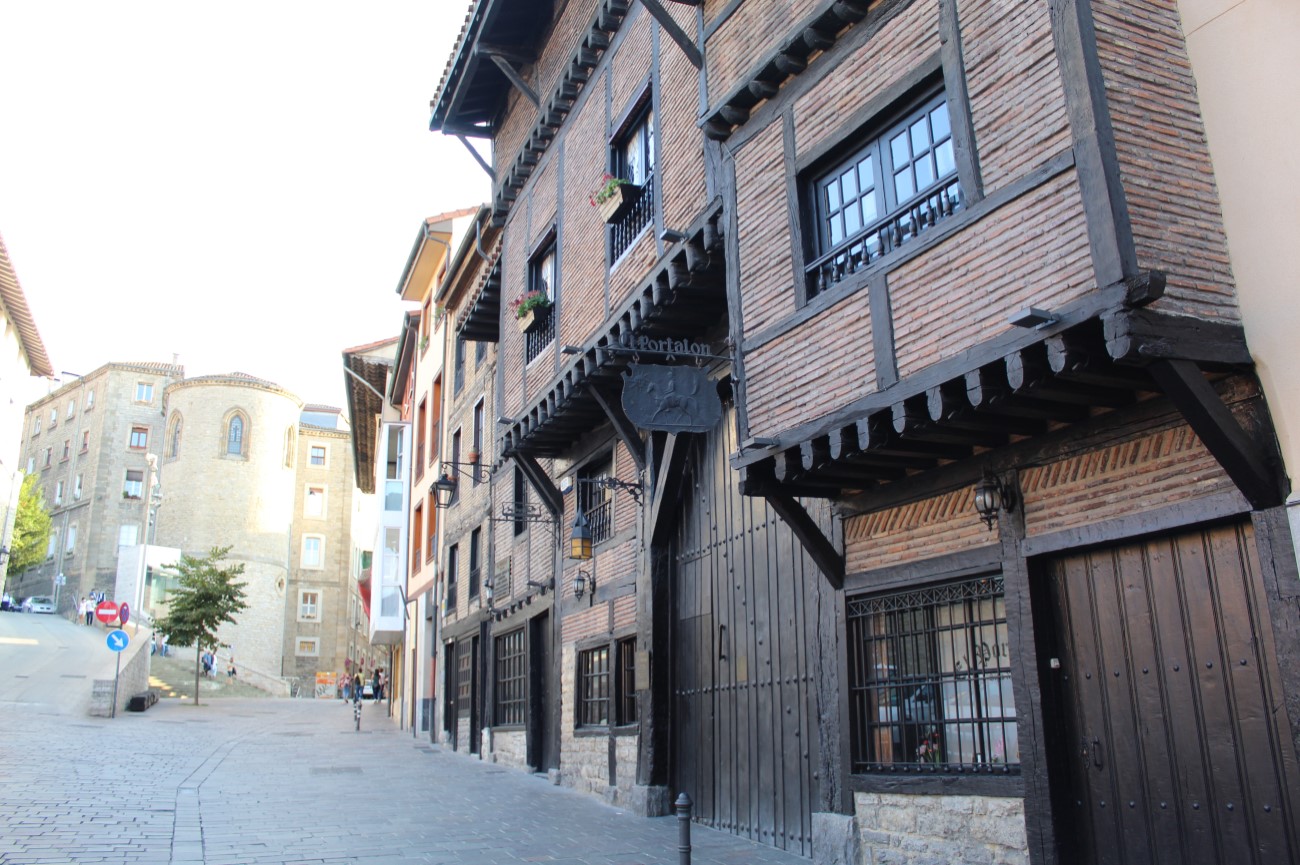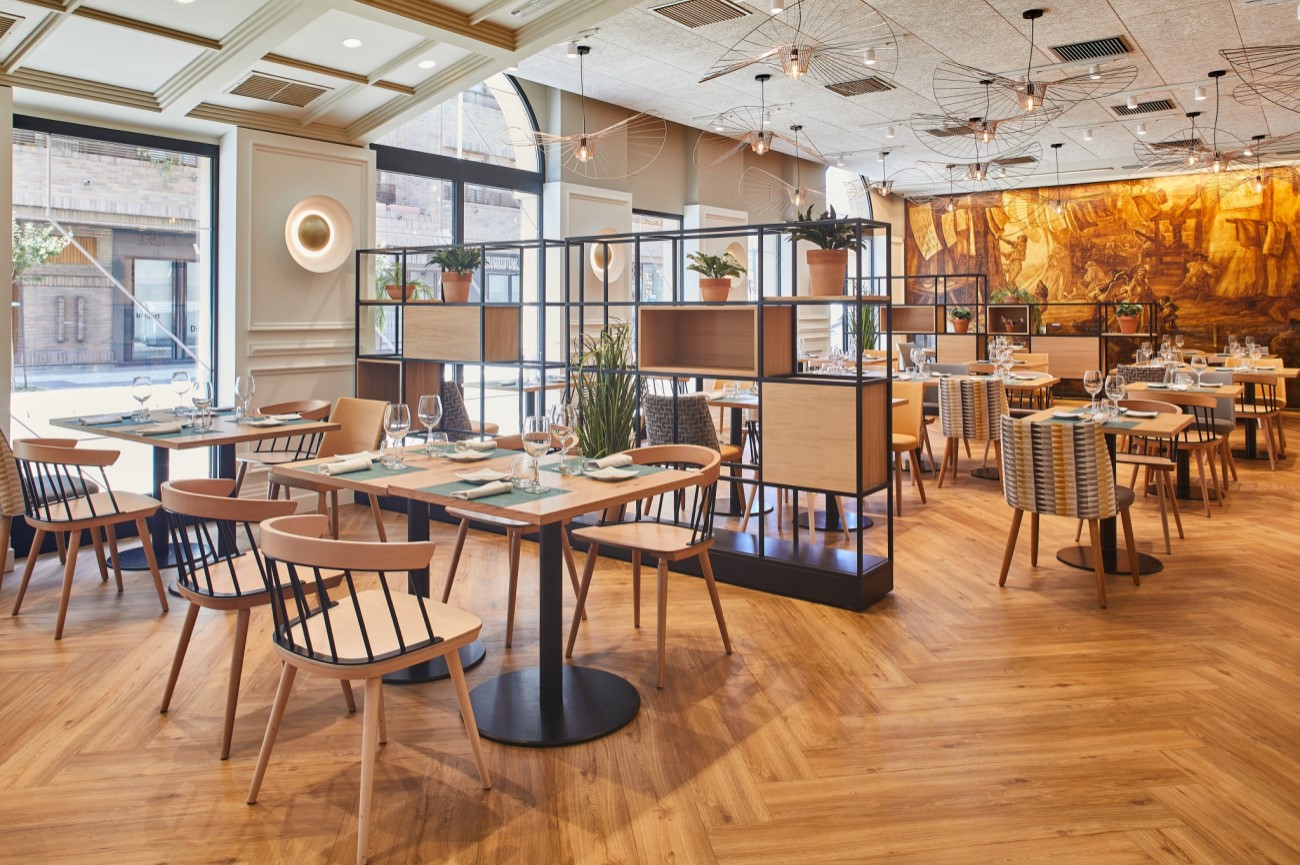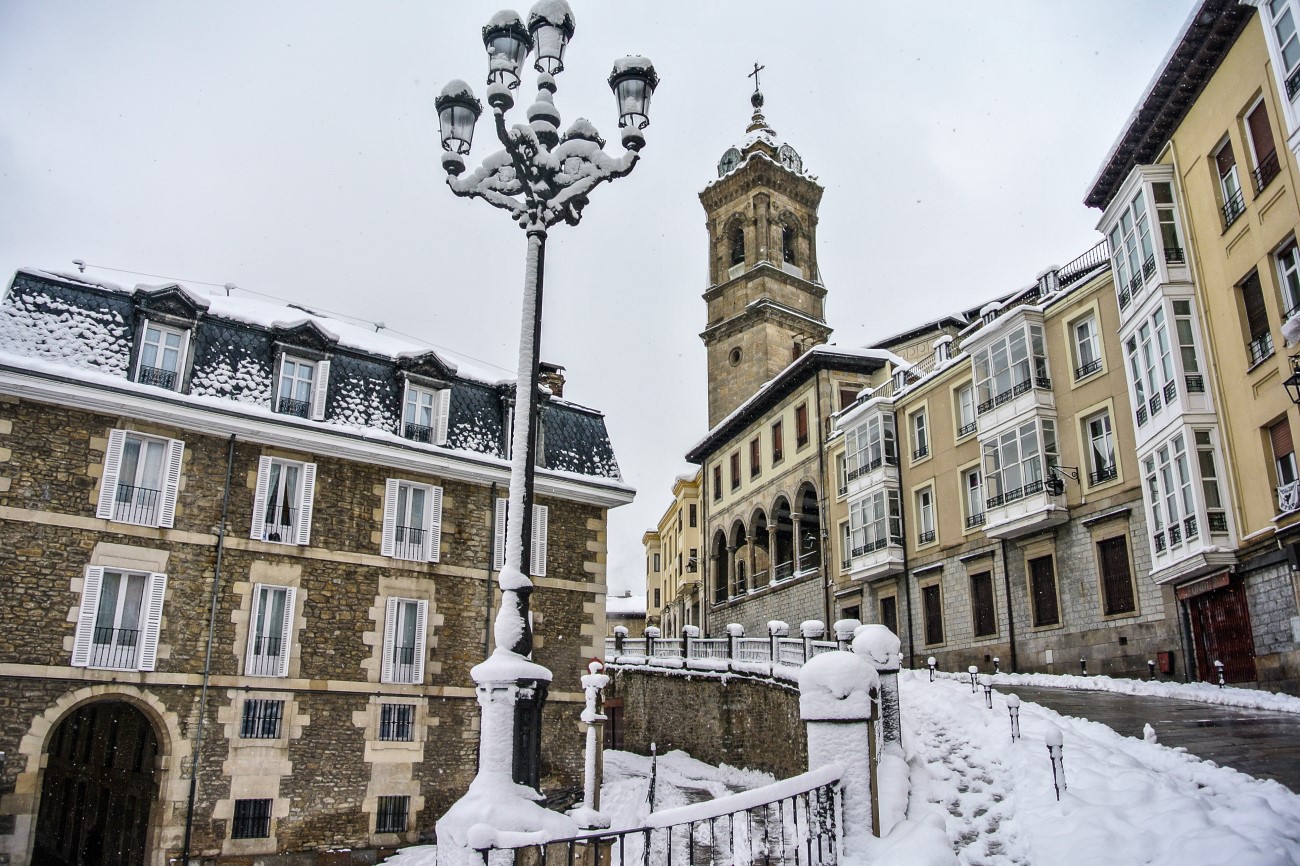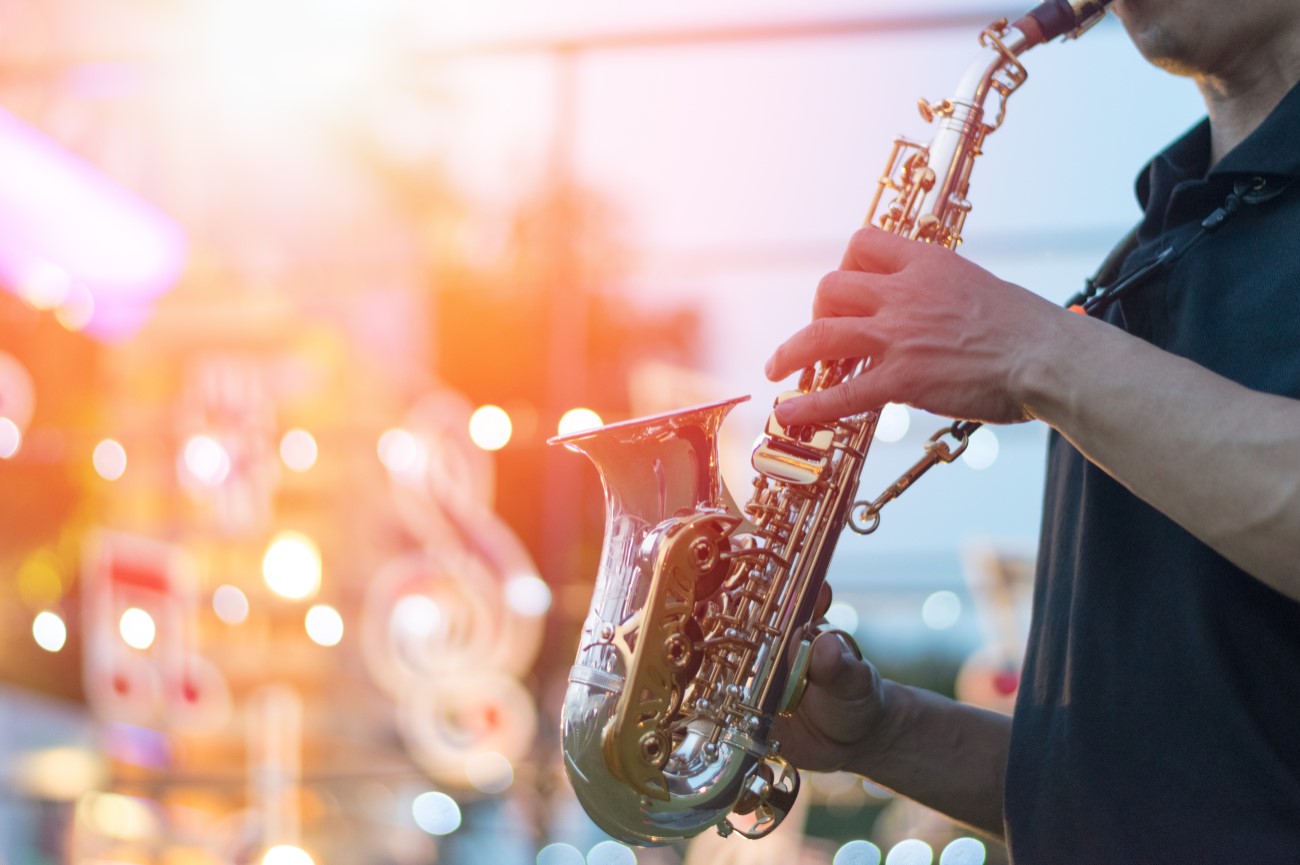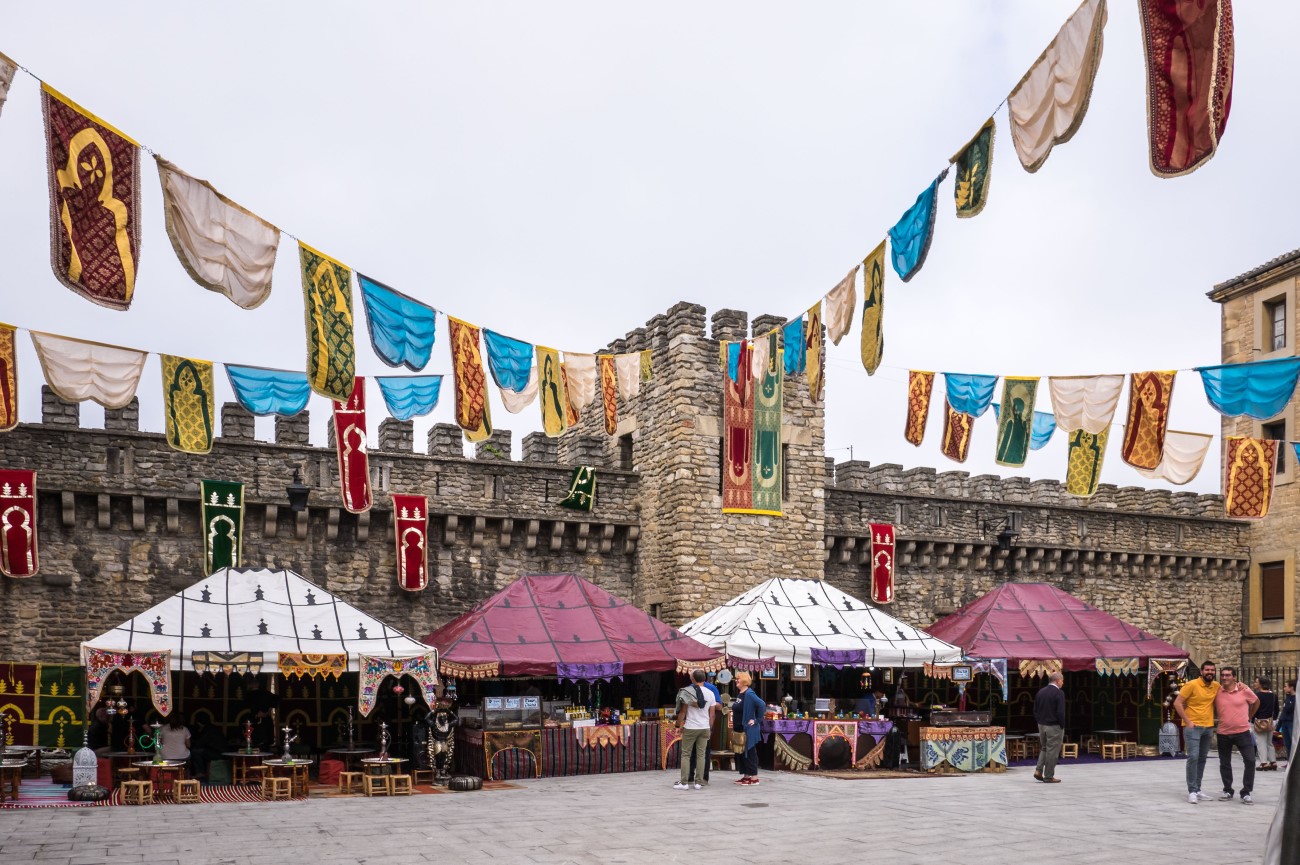Things to do in Vitoria-Gasteiz, Spain
Vitoria-Gasteiz is often overshadowed by the bigger Basque cities like Bilbao and San Sebastián, but this charming city is in fact the official capital of the Basque Country.
A striking Gothic cathedral, art museums and the medieval quarter are a few things worth checking during your visit.
One day in Vitoria is enough to see the city’s main attractions and experience some of the local pintxo bars. With a bit more time, you can explore some of the region’s natural attractions like the Gorbea Natural Park or the Salinas de Añana. Vitoria is also very close to La Rioja, one of Spain’s main wine regions.
Follow our itinerary below and discover the best things to do in Vitoria-Gasteiz, including suggestions of where to eat and where to stay.
One Day in Vitoria-Gasteiz, Spain

Morning: Plaza de la Burullería
Historic buildings mix with modern street art in this charming square of Vitoria-Gasteiz. Plaza de la Burullería was the site of a fabric market in medieval times. Many buildings remain from that era that are worth capturing, including the Torre de los Anda, the Portalón and the Casa Armera de los Gobeo y Landázuri-Guevara.
The art mural in the corner is called “Al hilo del Tiempo” which translates as “As Time wears on” and depicts colourful fabrics, reminiscing of the square’s former market activity.
Old Quarter: Catedral de Santa María
Continue exploring the city’s old quarter, slowly making your way to the Plaza Santa María. It’s here you’ll find the Catedral de Santa María. Established around the 13th century, the church stands out with its Gothic style. It became the city’s cathedral in 1861. Guided tours are available and include access to the underground chambers and the rooftop with its panoramic city views. Near the cathedral, you can see the remains of the city’s former medieval wall.
Escoriaza-Esquivel Palace
A few steps from the cathedral is the Escoriaza-Esquivel Palace, a striking 16th-century mansion. It belonged to the doctor of the English King Henry VIII, Fernán López de Escoriaza and his wife, Victoria de Anda y Esquivel. The palace is one of the best examples of Renaissance architecture in the city with its decorative façade and masonry stone walls. Today it’s home to the Vitoria-Gasteiz City Council, but guided tours are available upon request. Other buildings worth admiring in the area include the Montehermoso palace, the Casa del Cordón, the Bendaña palace and the Villasuso palace.
Paseo de los Arquillos
Next stop is the Paseo de los Arquillos. Established between 1787 and 1802, this neoclassical arcade links the city’s old quarter with the new town. The building designed by architect Justo Antonio de Olaguíbel was declared a Historical-Artistic monument in 1984.
Walk underneath the covered balconies and then visit the nearby church of San Vicente.
Vitoria-Gasteiz Market
It’s time to sample some local food at the Mercado de Abastos. This modern covered market is home to a variety of stalls selling fresh produce, including fruit, vegetables and bread. Pick up some ingredients for a picnic or head to one of the market’s eight gastro bars and try some local dishes with a glass of wine. There are also international treats on offer including Mexican, Italian and Japanese.
Morning- Vitoria-Gasteiz Tour Map
Afternoon: Plaza de España
Erected in 1791, Plaza de España is one of the most remarkable squares in Vitoria. The square has had many names throughout the centuries, including Plaza Nueva, Plaza de la Constitución and Plaza de la República. It was only in 1936 that it gained its current title. Most people come here to visit the city council, which dominates the square with its vast covered arcades. The building was designed by Olaguíbel, the same architect who planned Los Arquillos.
Plaza de la Virgen Blanca (Iglesia de San Miguel)
Just opposite Plaza de España is the Plaza de la Virgen Blanca, also known as Plaza Vieja. It’s one of the city’s oldest meeting spots, and even today many events take place here, including the festival of Virgen Blanca, which celebrates the city’s patron. Within the square, you’ll find the church of San Miguel and a monument to La Batalla de Vitoria, a battle that took over the city in 1813.
Iglesia de San Pedro
Take a small detour to find the Iglesia de San Pedro. Built around the 13th century, it’s the city’s oldest church and was part of the medieval walls that once encircled Vitoria. The church isn’t always open, but it’s still worth coming here to admire its Gothic façade. Your best chance to see the inside is if you come a few minutes before mass, usually held around 11 am and 1 pm on Sundays and 7:30 pm during the week.
María Inmaculada Cathedral
The last church on the itinerary is the María Inmaculada Cathedral. Construction for this cathedral began in 1907, but it was only completed after the Spanish Civil War in the 1970s. Today it’s one of the most impressive buildings in Vitoria, competing against the Gothic Catedral de Santa María. The María Inmaculada might be more recent, but it has a medieval-style exterior too with stunning stained-glass windows and high naves. Attached to the cathedral is the Museo Diocesano de Arte Sacro, a Sacred Art Museum, which features ceremonial crosses and biblical paintings from the Basque Country.
Parque de la Florida
Take a break from sightseeing at the Parque de la Florida. This city park is the ideal place for a picnic with the ingredients you’ve picked up at the market. Established in 1820 it feels like a Romantic French garden with colourful flower beds, a bandstand, and statues of Gothic kings. During Christmas, you can find a nativity scene here with over 200 figures.
Palacio Zulueta
From the park, follow the tree-lined promenade of Paseo de la Senda until you stumble upon the Palacio Zulueta. Spanish architect Fausto Iñiguez de Betolaza designed this stunning palace in 1903 as a house-hotel for Alfredo de Zulueta. These days the building is empty, but visitors are welcome to admire the outside and stroll around its charming gardens.
Museo de Bellas Artes
End the day with a visit to the Museo de Bellas Artes. The former Palacio de Augusti has been home to a fine art museum since 1942. Inside you’ll find Spanish and Basque artworks dating from the 18th to the 19th century, with a focus on portraits, landscapes and sculptures. Artists featured here include Vicente López, Ignacio Zuloaga and Gustavo de Maeztu. Even if you can’t make it inside, it’s worth passing through to admire the museum’s striking neo-Renaissance façade.
Afternoon - Vitoria-Gasteiz Tour Map
Other Things to Do In Vitoria-Gasteiz
- Museo de Ciencias Naturales de Álava: Set inside a medieval tower, this natural history museum houses a collection of fossils, minerals and exhibits about local wildlife.
- Museo Bibat: The Bibat occupies a 16th-century palace which is now home to two museums, the Museo de Arqueologia and the Museo Fournier de Naipes. Inside the Museo de Arqueologia are over 1000 archaeological finds from the Álava region, ranging from prehistory to the Middle Ages. The Museo Fournier de Naipes, on the other hand, is a playing card museum and features some of the oldest decks in Europe.
- Artium: Modern art lovers will enjoy a visit to the Artium Museum. Open since 2002, the gallery features fascinating pieces by Basque artists such as Eduardo Chillida, Cristina Iglesias and Jorge Oteiza. There are also works by Joan Miró, Salvador Dalí and international names like Bill Viola and Fabian Marcaccio. Beyond the permanent collection, Artium also hosts many temporary exhibitions throughout the year.
- Sanctuary of Nuestra Señora de Estíbaliz: This sanctuary is located in the village of Argandoña, only 20 minutes away from Vitoria. It’s been a national monument since 1931 and is among the most important Romanesque buildings in the Álava region.
- Anillo Verde: Surrounding Vitoria-Gasteiz there’s a nature reserve known as the Anillo Verde or Green Ring. It includes a series of parks, ponds, marshes and meadows, making it the ideal spot for a walk or a bike ride.
Day Trips From Vitoria-Gasteiz
- Gorbea Natural Park: Dominated by Mount Gorbea, this natural park covers the regions of Bizkaia and Álava. Locals head here to practice outdoor sports such as hiking, mountain biking and horse riding. Some iconic sights include the Itxina Protected Biotope, the Gujuli waterfall and the vast oak forest which changes colours with the seasons. There are two visitor centres, one in Sarria (Álava) and the other in the village of Areatza (Bizkaia).
- Salinas de Añana: You’ll find this salt valley in the village of Añana, about half an hour away from Vitoria. With over 6,000 years, it’s one of the oldest salt factories in the world. Visitors can join guided tours to learn more about the production process and taste the local salts. It’s worth visiting the Varona Family's Palace-Tower nearby, a medieval fortress that has preserved its moat.
- Laguardia: Overlooking the Obarenes Mountains is the medieval town of Laguardia. Once known as the “Guard of Navarra”, the village has preserved its medieval charm with its stone walls and labyrinthic streets. Laguardia is also home to many wineries, such as the Bodegas Solar de Samaniego, the Bodegas Campillo, the Bodega El Fabulista, the Bodegas Carlos San Pedro Pérez de Viñaspre and the Bodegas Ysios.
- Logroño: Another town that deserves a visit is Logroño, located about one hour away from Vitoria. It’s famous for its pintxo bars, which you can find around Calle Laurel. There are also a few historic landmarks such as the Cathedral of Santa María de la Redonda and the Cubo del Revellín fort.
- La Rioja: Wine lovers should pay a visit to La Rioja. This region has some of the best red wines in Spain. The vineyards are scattered along the Río Ebro, with most of them located in the town of Haro. You can visit the Bodegas Muga one of the best wineries in La Rioja, which not only produces "La Batalla del Vino" wine, but also their own wine barrels.
The Bodegas Marques de Riscal is one of the oldest wineries in La Rioja, as well as a futuristic hotel designed by Frank Gehry. There is also a Michelin-starred restaurant.
The Bodegas López de Heredia is an old winery well known for Viña Tondonia, Bosconia Reserva and Gran Reserva wines.
Other wineries worth visiting are the Bodegas Roda and the Dinastia Vivanco.
- Botanical Garden of Santa Catalina: Nestled amid the Sierra de Badaya, you’ll find this quiet botanical garden. It contains over 1200 botanical species, including flowers, cactus and fruit trees. Hidden between this lush landscape are the ruins of a 13th-century monastery that burned down during the first Carlist war. Many of its original features remain, such as the arched windows, the cisterns and the moat. Santa Catalina is also an ideal spot for stargazing, and you can enjoy the show from the viewpoint accessible via a spiral staircase.
- Dolmens: Dotted around the Álava province are a series of megalithic sites worth capturing. The closest one to Vitoria is the Dolmen de Sorginetxe, a funerary monument dating to 2,500 BC. Further south, near the village of Laguardia are a couple more such as the Chabola de La Hechicera, the Dolmen de San Martín and the Dolmen Alto de la Huesera. To discover all these historical landmarks, check out this dolmen route map.
Top Things to Do With Kids in Vitoria-Gasteiz
There are a few things to do with kids in Vitoria-Gasteiz. The city’s old quarter is quite small and easy to explore on foot. You can spend the day exploring its narrow streets and squares, stopping to visit some of the historic sites such as the Catedral de Santa Maria or to admire the city’s urban art scene.
Small kids will also enjoy the Parque Galeón Pirata, a playground full of pirate-themed attractions.
If you have time, you can explore some of the green areas within the city and on the outskirts. The Anillo Verde surrounding Vitoria provides the perfect opportunity for a bike ride. Other places worth visiting include the Parque de la Florida, the Salburua wetland and the Parque Garaio, which features some river beaches.
Where to Eat in Vitoria-Gasteiz
As the capital of the Basque Country, Vitoria is the perfect place to try pintxos, the Basque-version of tapas. There are many pintxo bars scattered across the city, especially along the old town. The city also has its share of fine dining spots which deserve a visit. Below are the best places to eat in Vitoria-Gasteiz:
- Zaldiaran (Michelin recommended): The Basque Country is renowned for its fine dining scene, and its capital Vitoria is no exception. If you’re in the mood for a gourmet meal, visit Zaldiaran, a contemporary-style restaurant specialized in Basque cuisine. Highlights include the Kokotxas, hake cheeks served with peas, clams and pil-pil sauce. You can order à la carte or sample the full tasting menu.
- Vitoria-Gasteiz market: The city market is the perfect spot to sample a variety of Basque dishes. Alongside the fresh produce stalls, you’ll find eight gastro bars serving delicious pintxos and local wine.
- El Clarete (Michelin recommended): El Clarete is one of the best restaurants in Vitoria. Every dish here looks like a work of art, with its colourful presentations. The tasting menu changes throughout the year, based on the season’s produce and it can be adapted to the customer’s needs.
- Bar Erkiaga: Chef Josune Menéndez runs this cosy bar in the old town. Erkiaga is the place to go for pintxos. Try La Vieira del Peregrino, a scallop served with an Albariño wine reduction and mussel foam. To pair with the meal there are a variety of wines and cocktails.
- El Portalón: Just a few steps from the Santa Maria Cathedral, you'll find El Portalón. Housed in a 15th-century building, this tavern stands out with its brick walls and exposed black beams. The menu features a mix of grilled meats and seafood dishes. Try the baked spider crab or the suckling pig. For dessert, there’s apple tart and raspberry cheesecake.
- Tximiso Taberna: Open since 2001, Tximiso Taberna serves a variety of top-quality pintxos. Grab a seat and choose one of the many treats that line the bar, including pintxos with ham, goat’s cheese, stuffed peppers and chorizo.
Where to Stay In Vitoria-Gasteiz
- Gran Hotel Lakua (5 stars): Halfway between the airport and the old town, is the Gran Hotel Lakua, the only five-star hotel in the city. Guests can choose between rooms or apartments with fully-equipped kitchenettes. Facilities include a restaurant, a gym and a spa with an indoor pool that overlooks the city.
- Hotel Silken Ciudad de Vitoria (4 stars): This four-star hotel is located next to the Parque La Florida. It has 149 rooms with some offering scenic views of the city. There’s a restaurant on-site, along with a bar and lounge area.
- La Casa de Los Arquillos (2 stars): In the heart of the old town, you’ll find La Casa de los Arquillos.The building is located along the Paseo de los Arquillos, a neoclassical arcade built around the 18th century. The hotel combines the traditional brick structures with modern interiors.
Best Time to Visit Vitoria-Gasteiz
The best time to visit Vitoria-Gasteiz is between June and September. There’s less rainfall during these months and the temperatures are quite mild. Even in August, the average temperature is about 25ºC, making it pleasant enough to explore the city. August is also the month of the Fiestas de la Virgen Blanca, the city’s annual festival. It’s worth coming around this time if you don’t mind the crowds and want to experience the event’s lively atmosphere.
Vitoria-Gasteiz Festivals
- Vitoria-Gasteiz International Jazz Festival: Every year in July, Vitoria welcomes the International Jazz Festival, one of the best music festivals in Europe. The event lasts for about a week and brings together new and well-established jazz talents.
- Fiestas de la Virgen Blanca: On the 4th of August locals meet at Plaza de la Virgen Blanca to celebrate the city’s patron saint. The event usually stretches until the 9th of August and includes fireworks, religious ceremonies and plenty of music. The highlight is the “Descent of Celedón” when locals parade the saint’s statue from the church of San Miguel to the square.
- Vitoria-Gasteiz Medieval Market: In late September, the city transforms into a medieval town to welcome the Vitoria-Gasteiz Medieval Market. This is one of the most popular events in the city, attracting people from all corners of the country. For a week the old quarter is occupied by over 200 craft stalls displaying trades like carpentry, glassware and blacksmithing. Alongside the stalls, visitors can see a variety of performances including jugglers, puppets and fire shows.


